


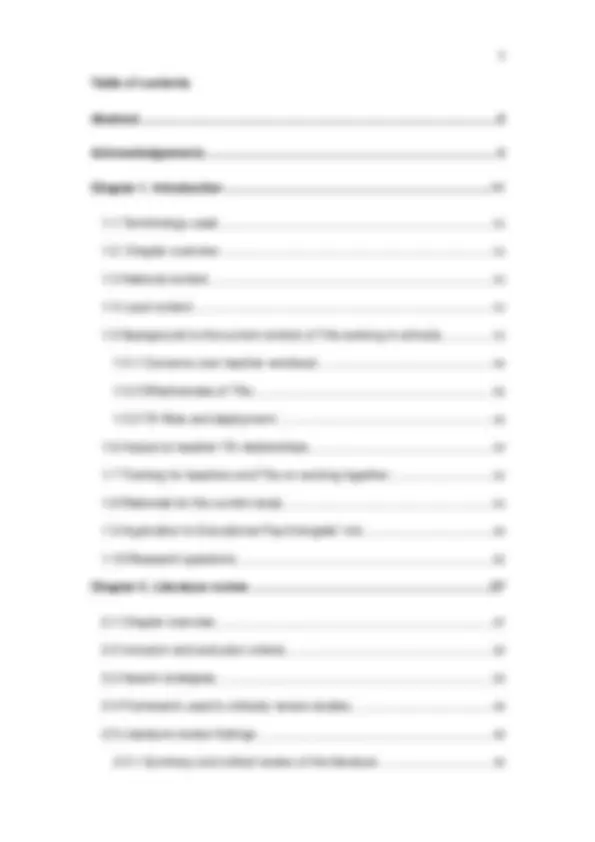
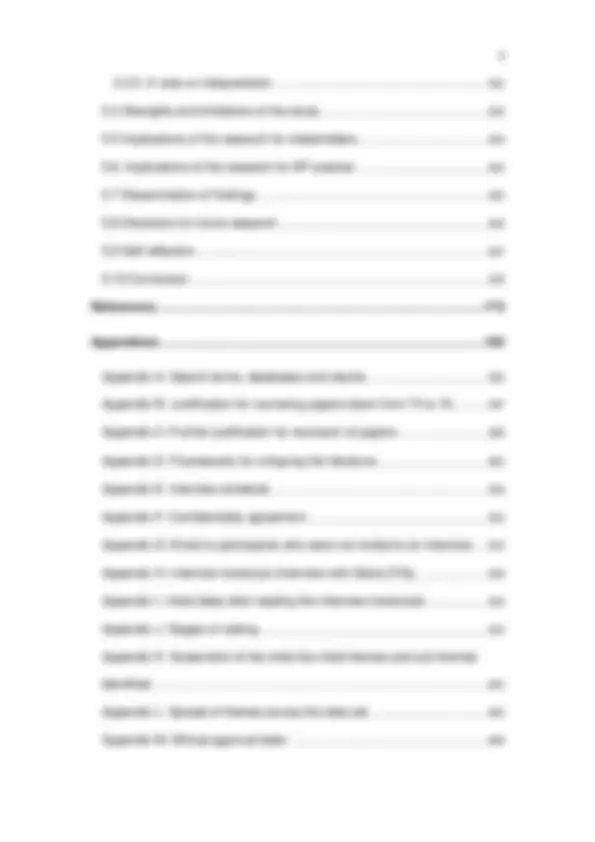
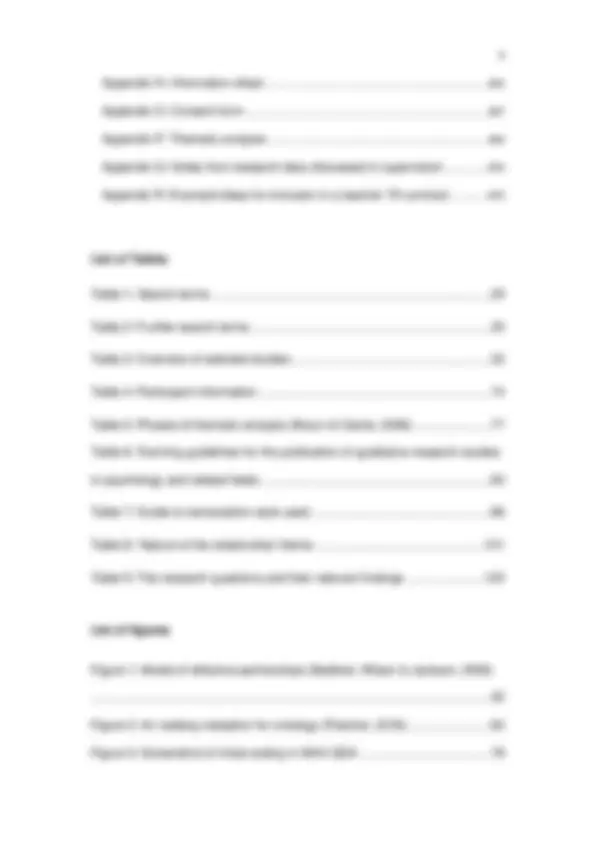
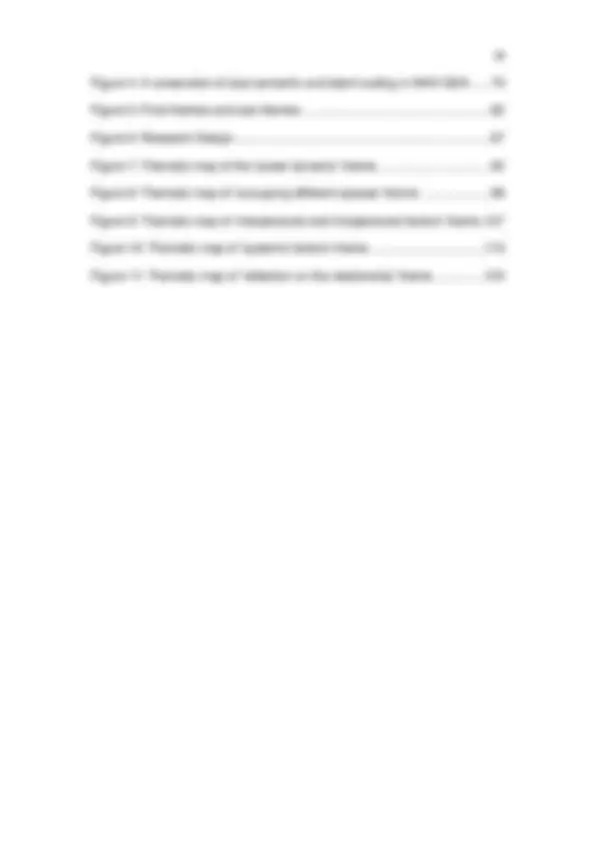
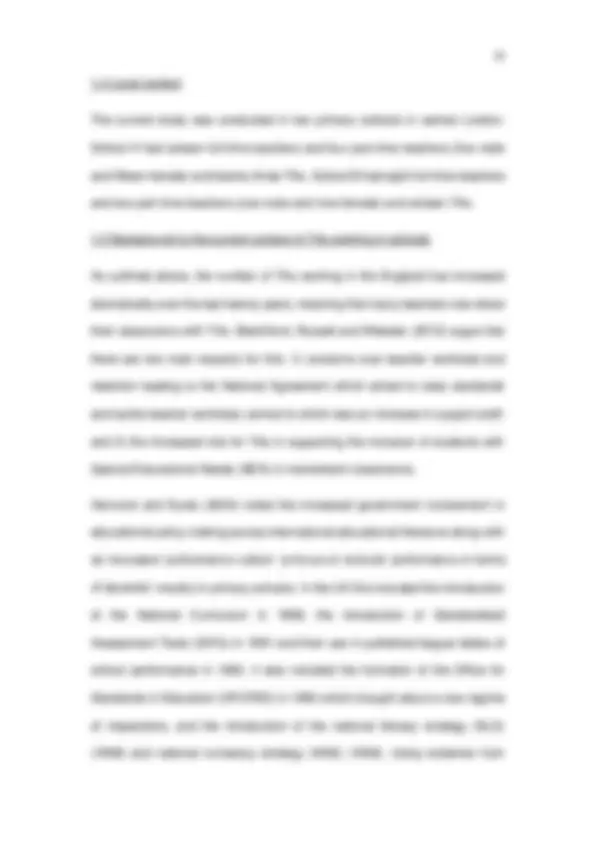
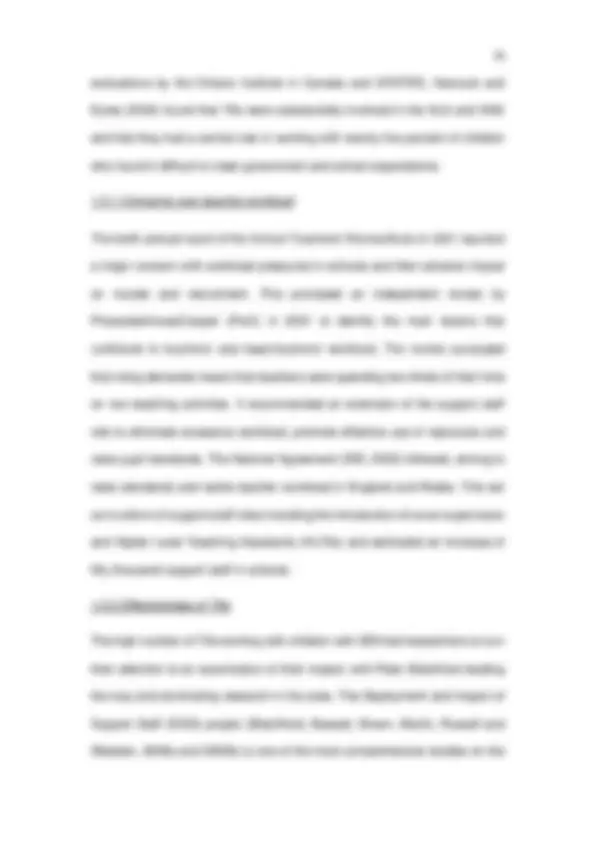
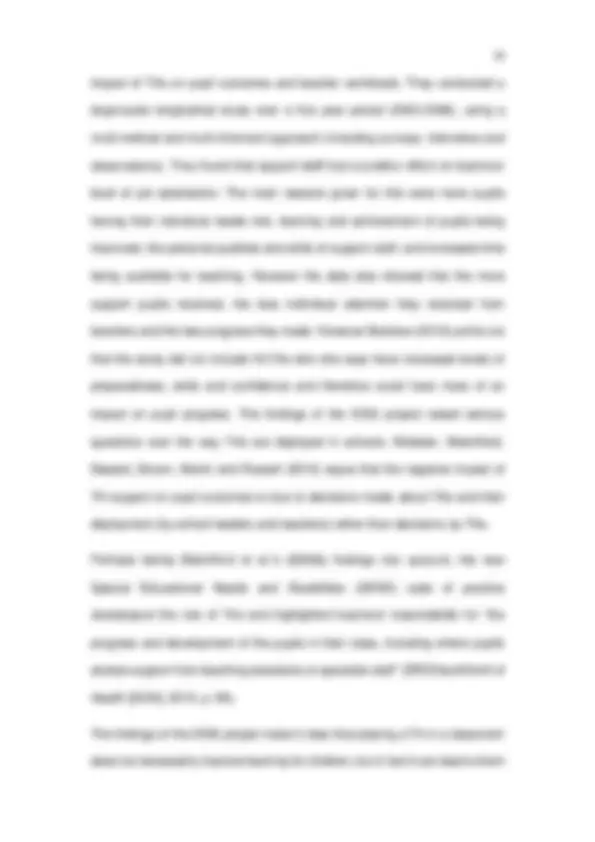
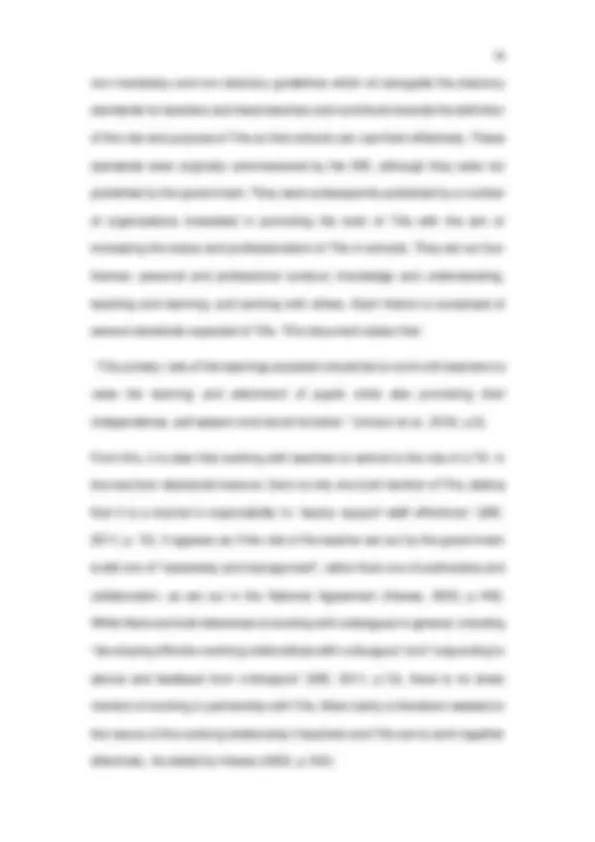
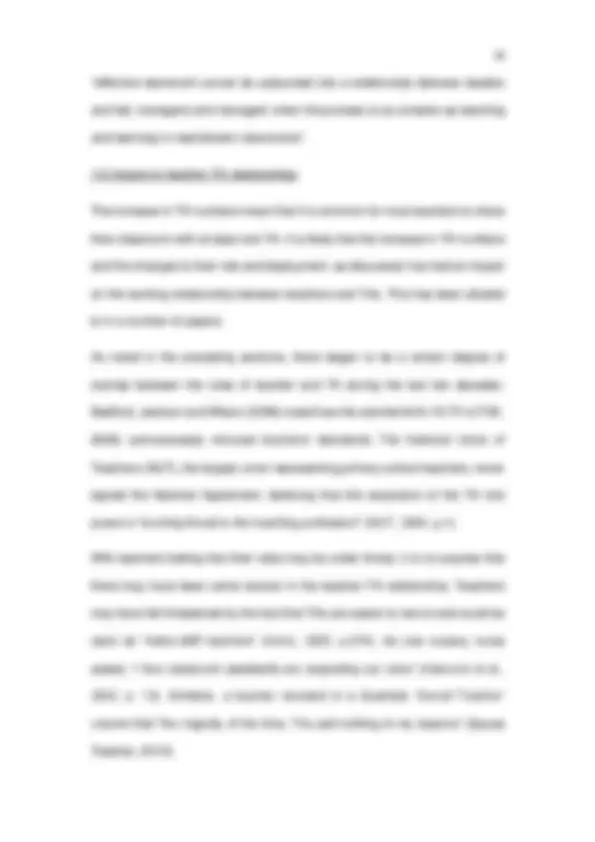
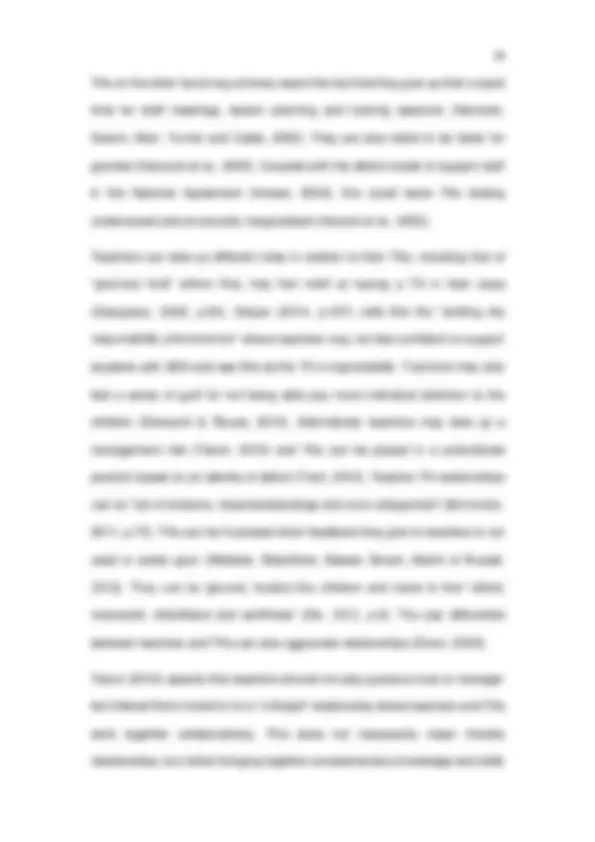
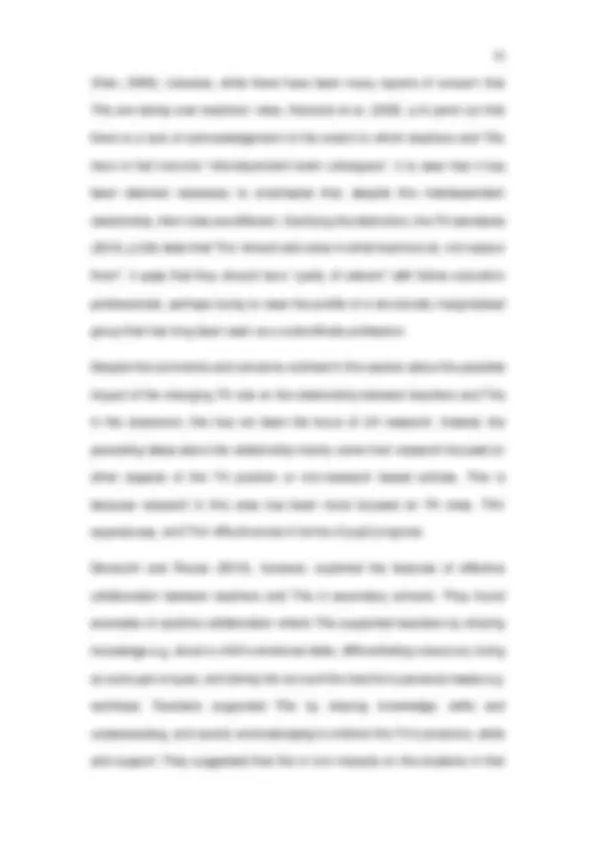
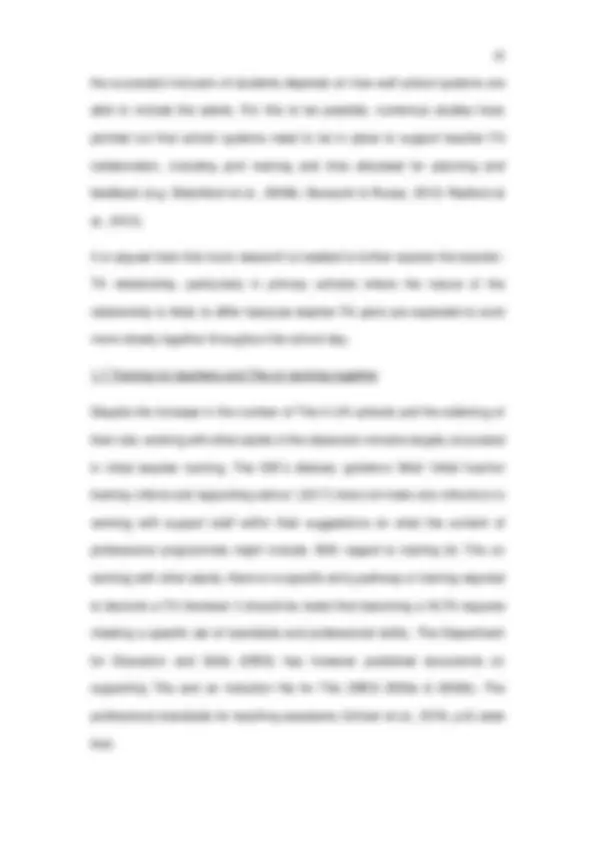
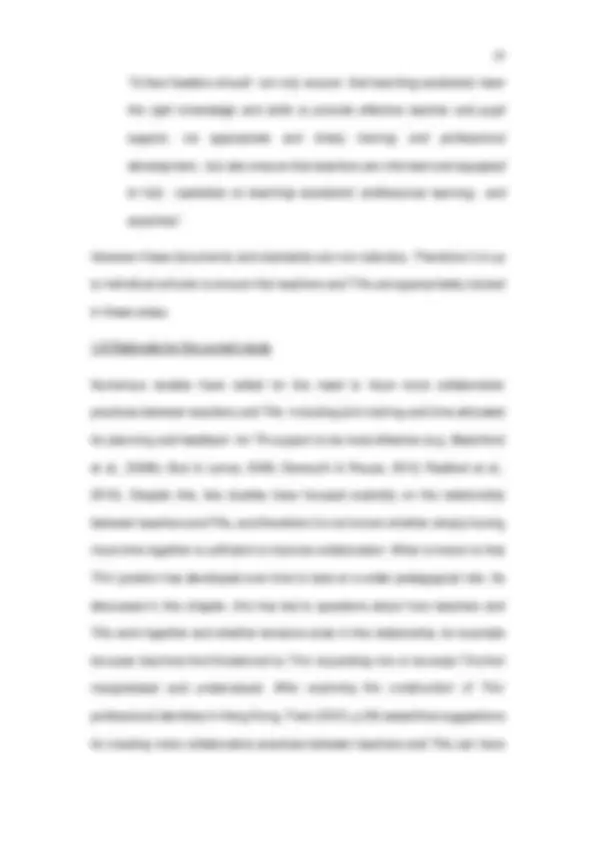
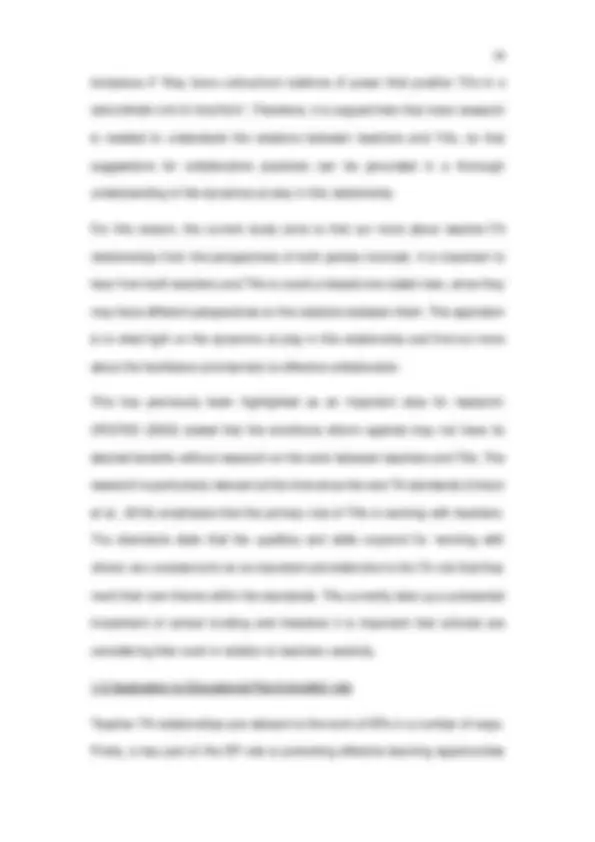
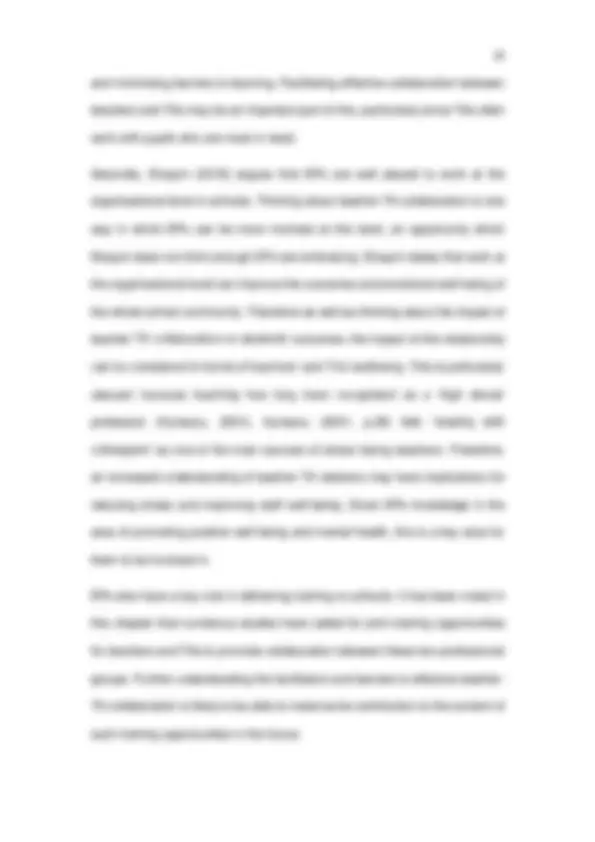
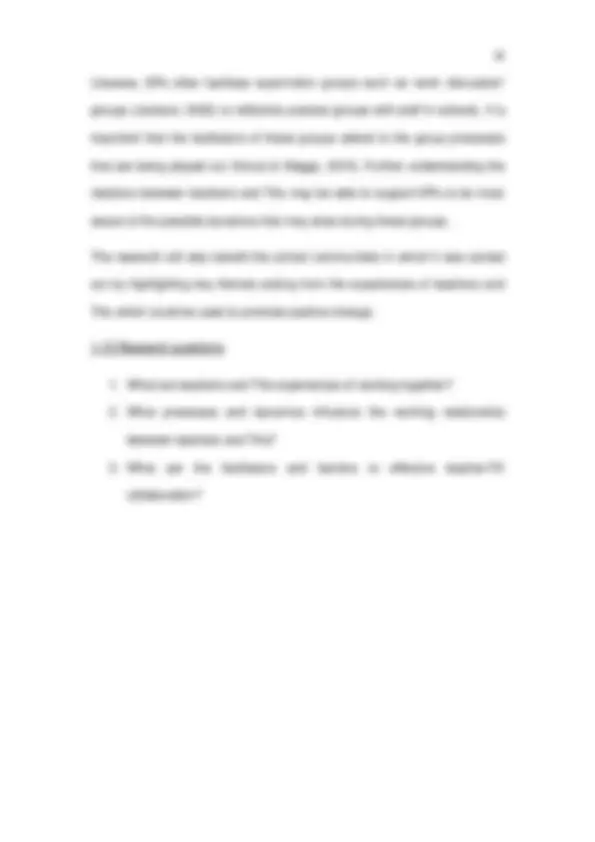
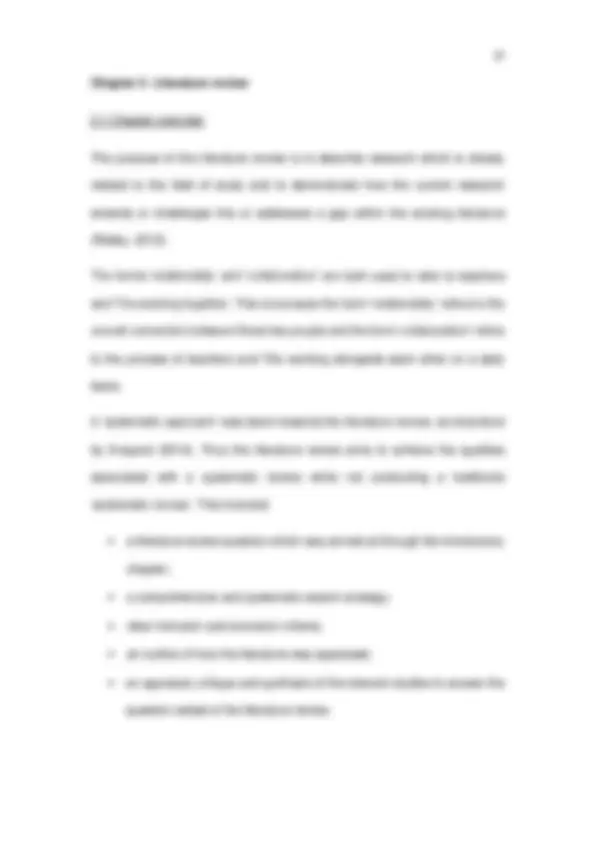
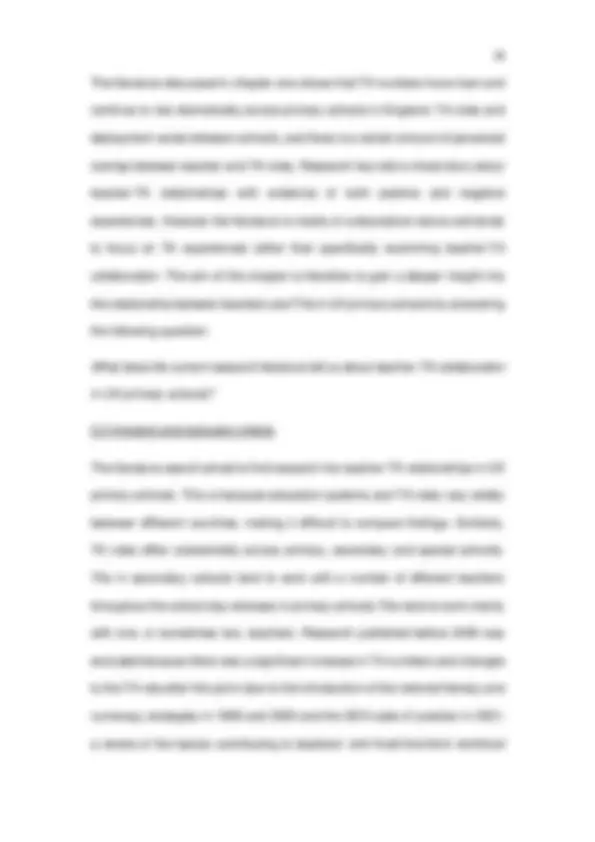
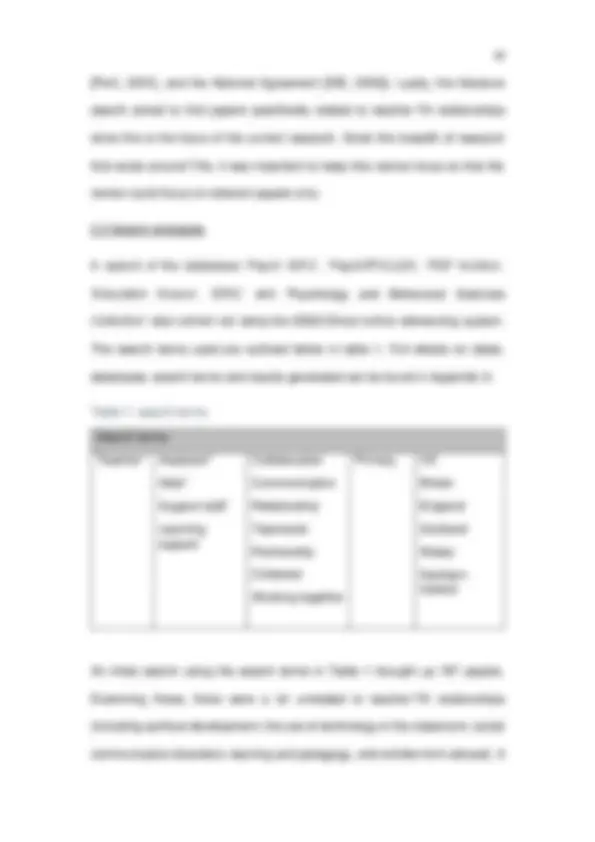
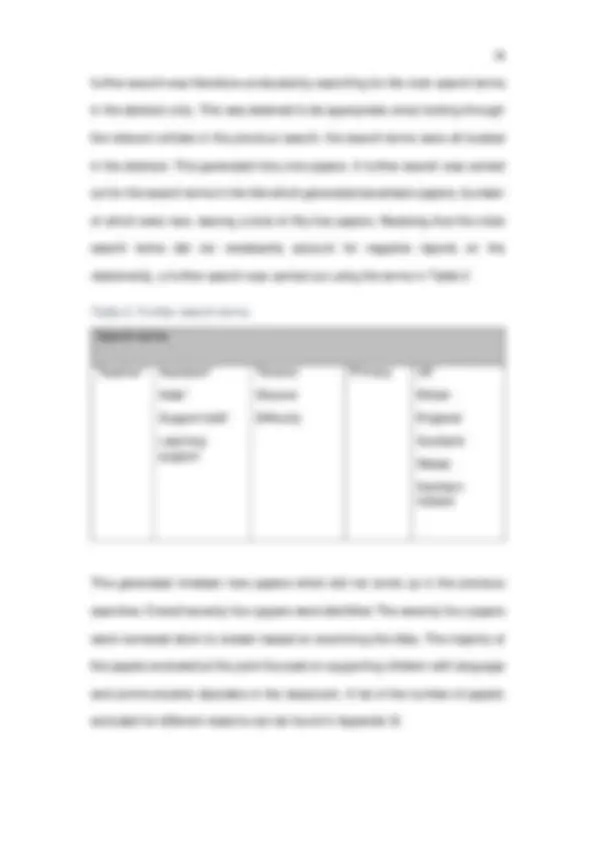
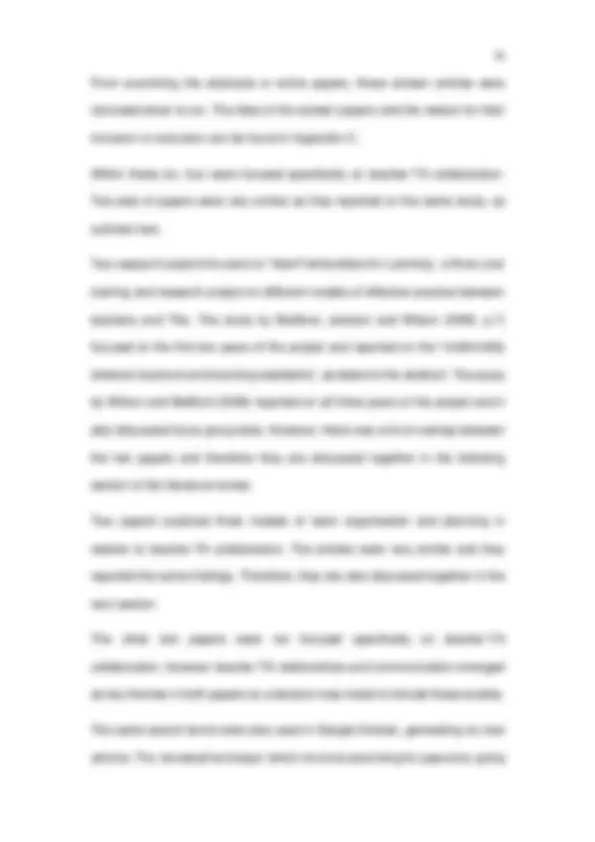
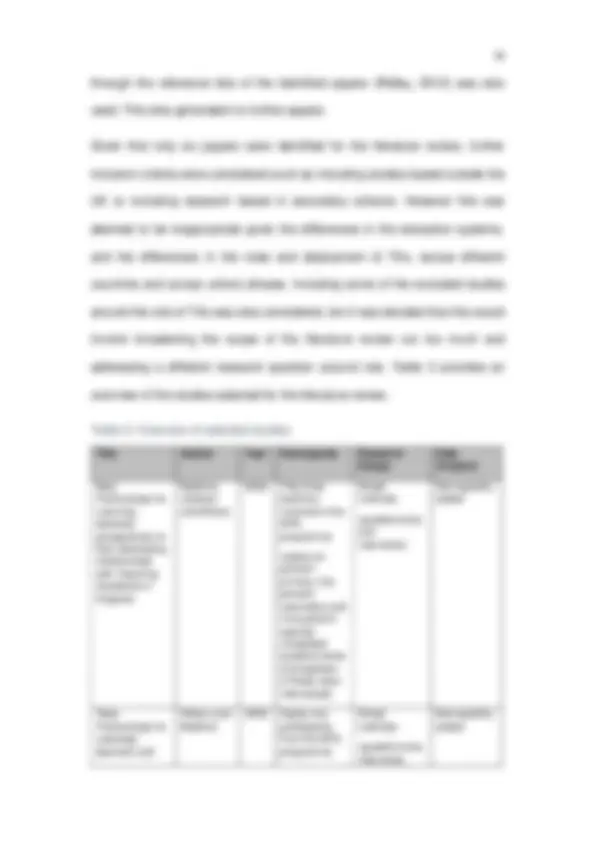
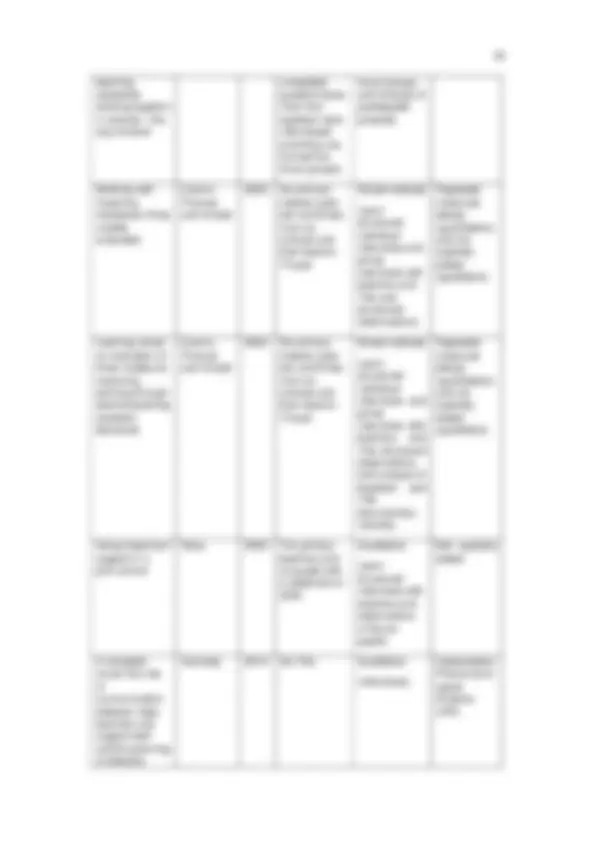
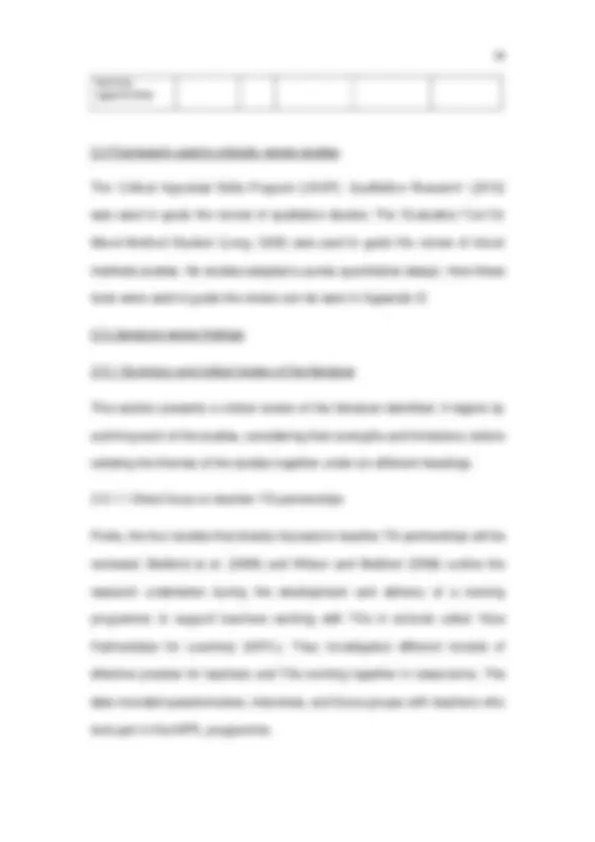
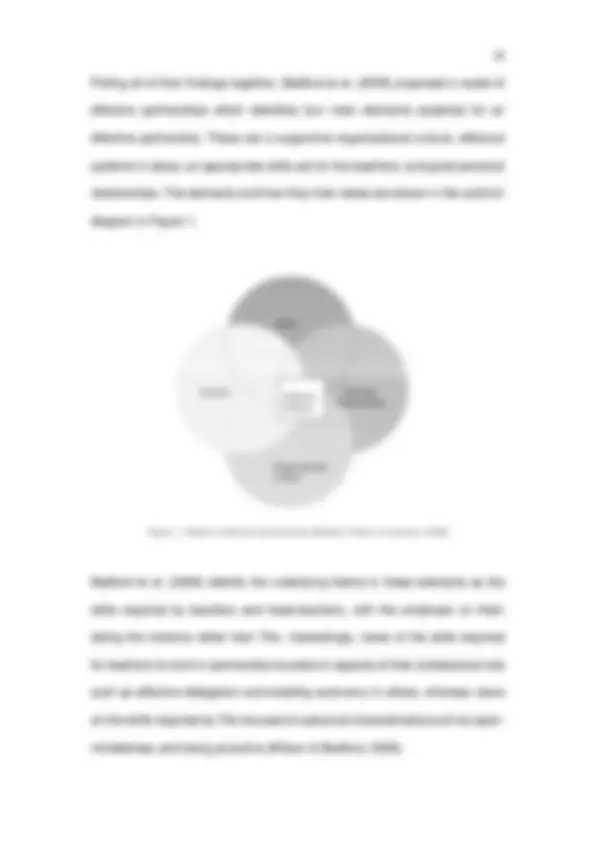
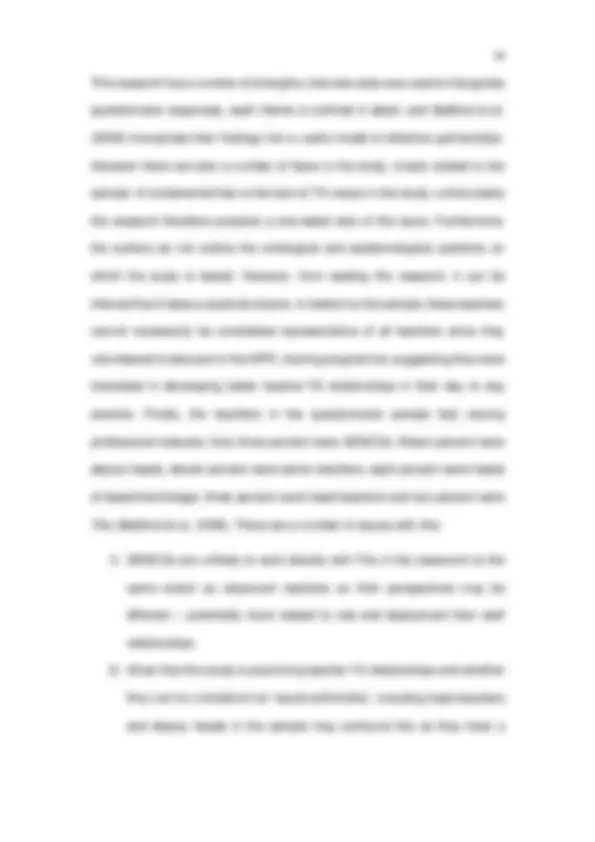
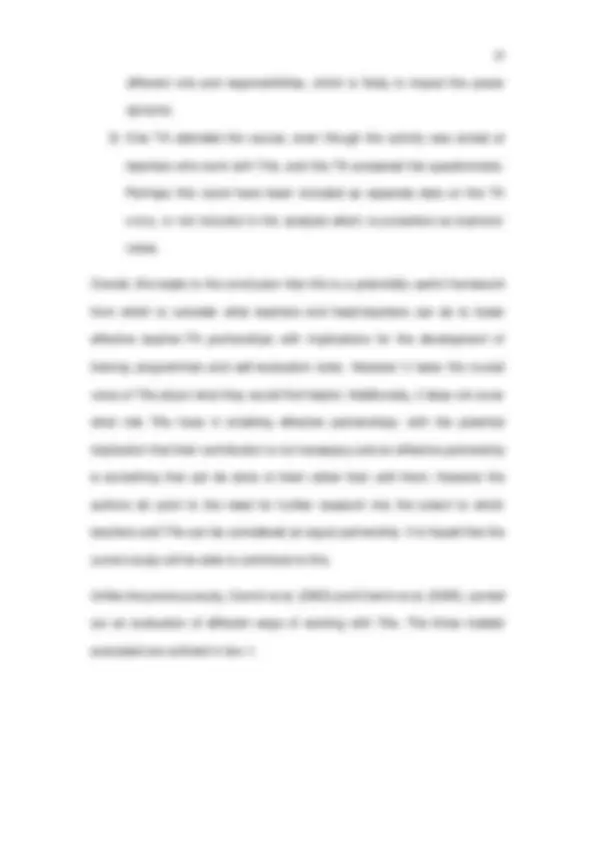
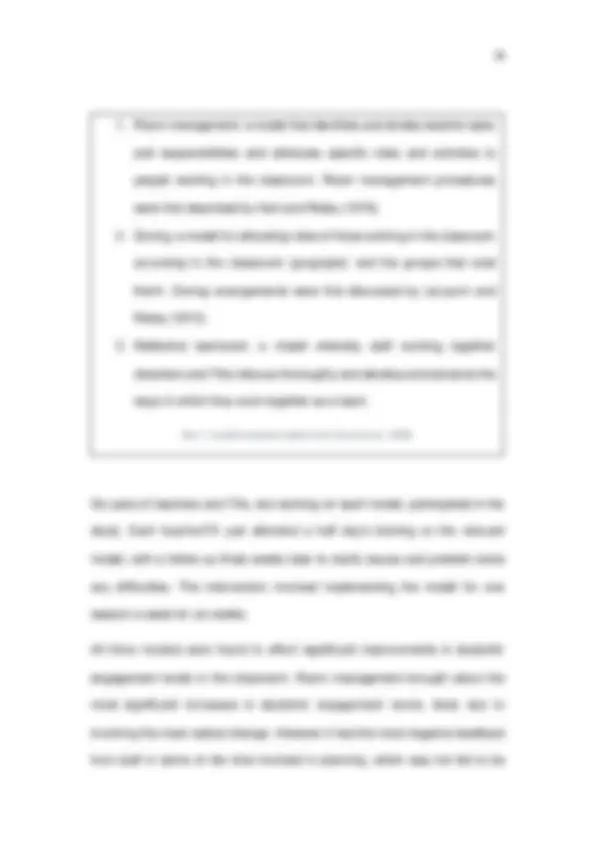
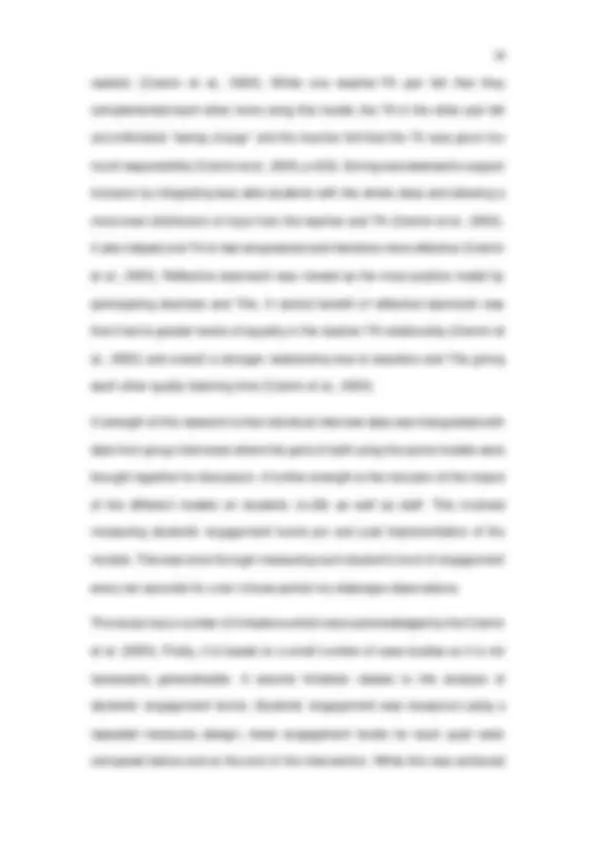
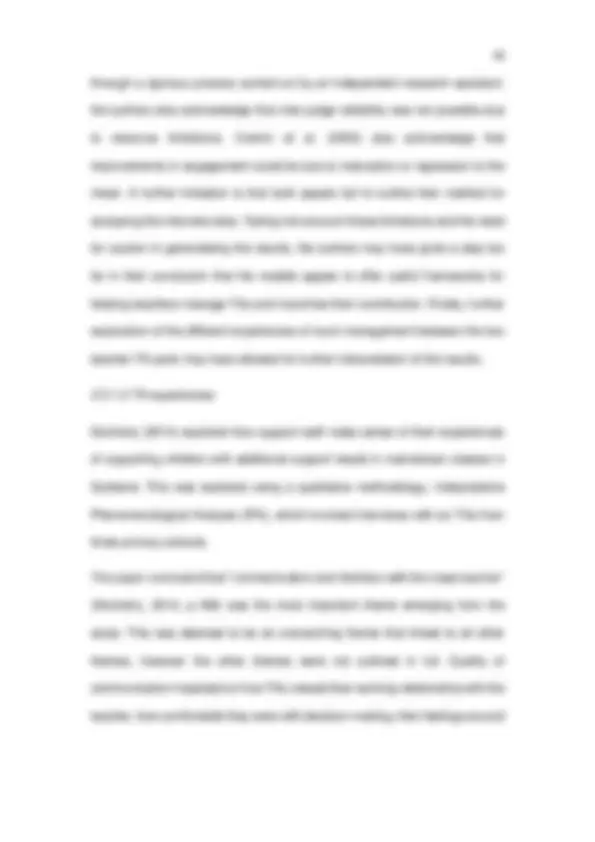
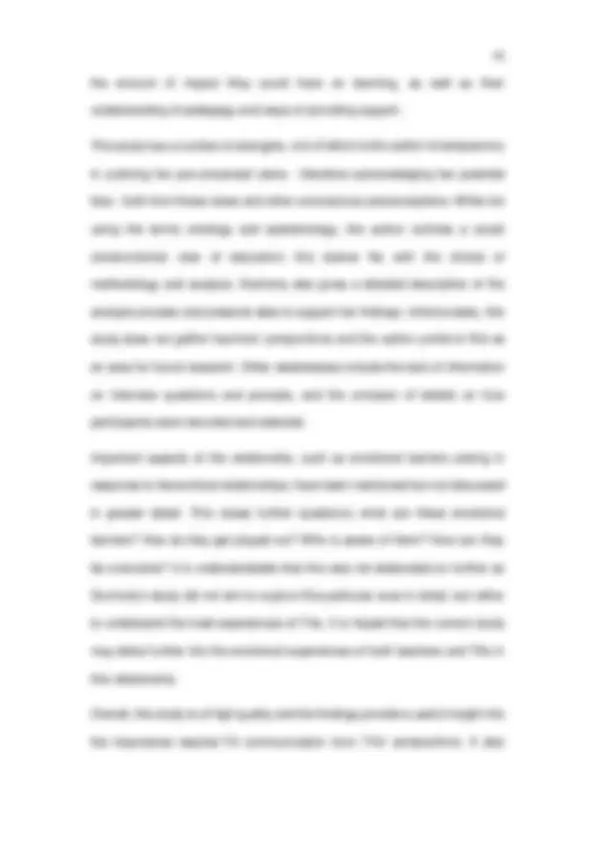
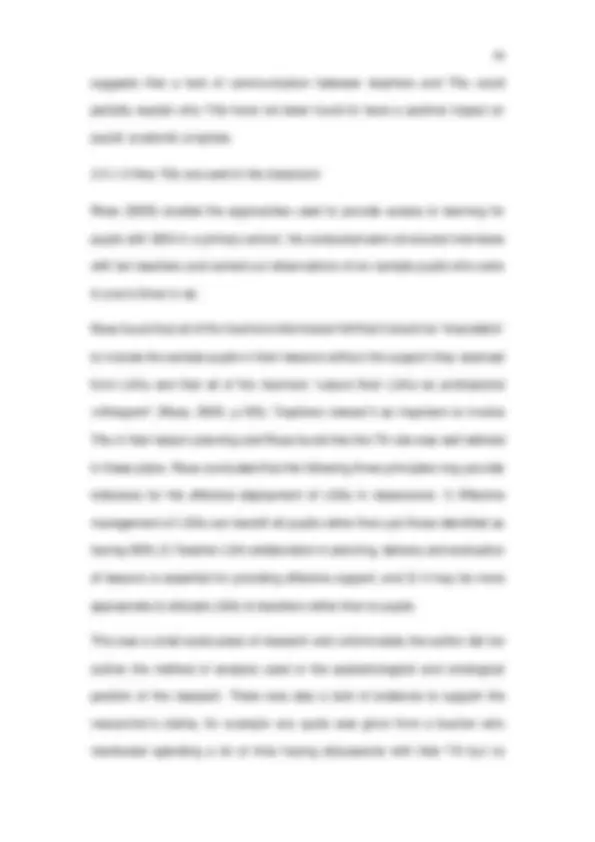
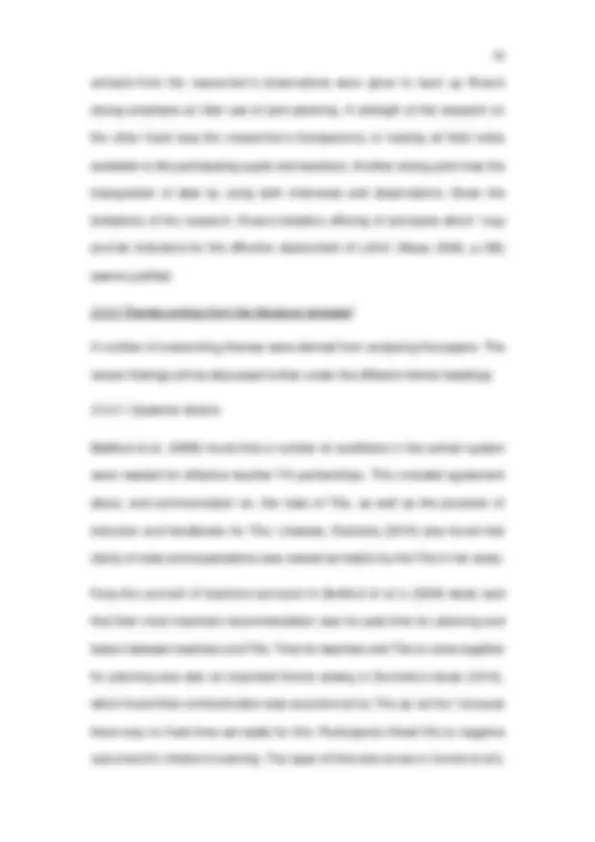
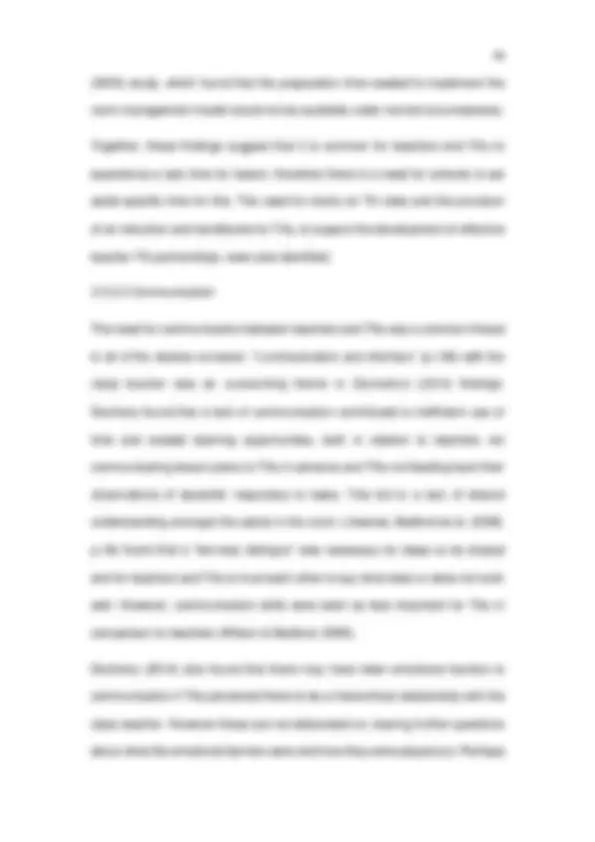
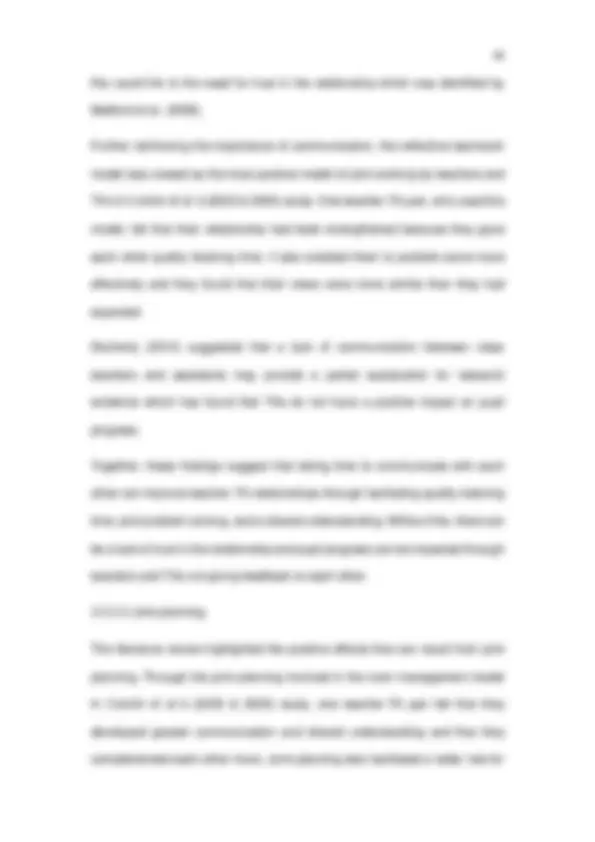
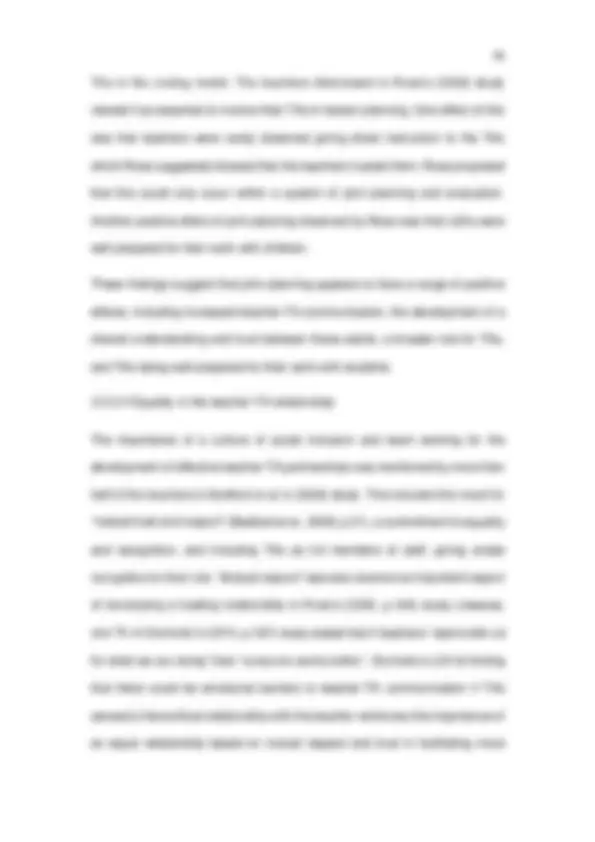
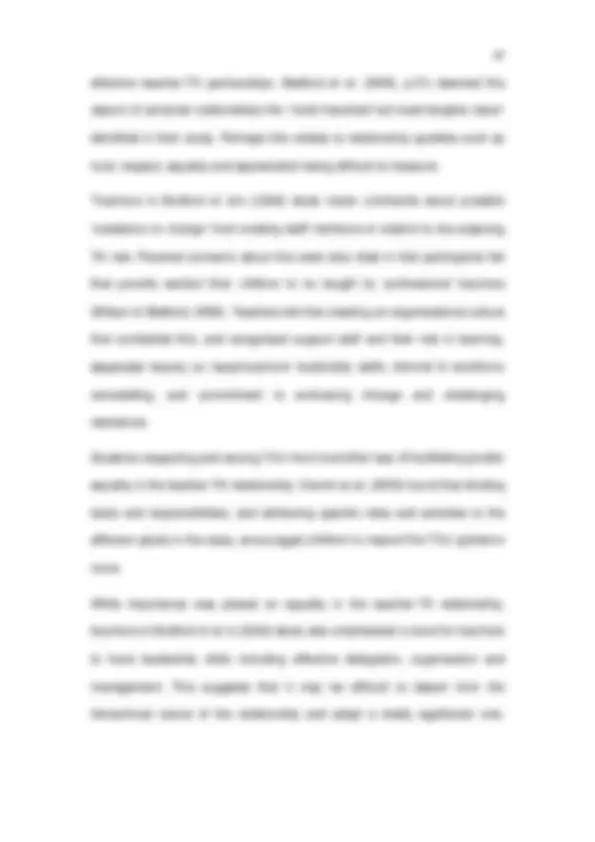
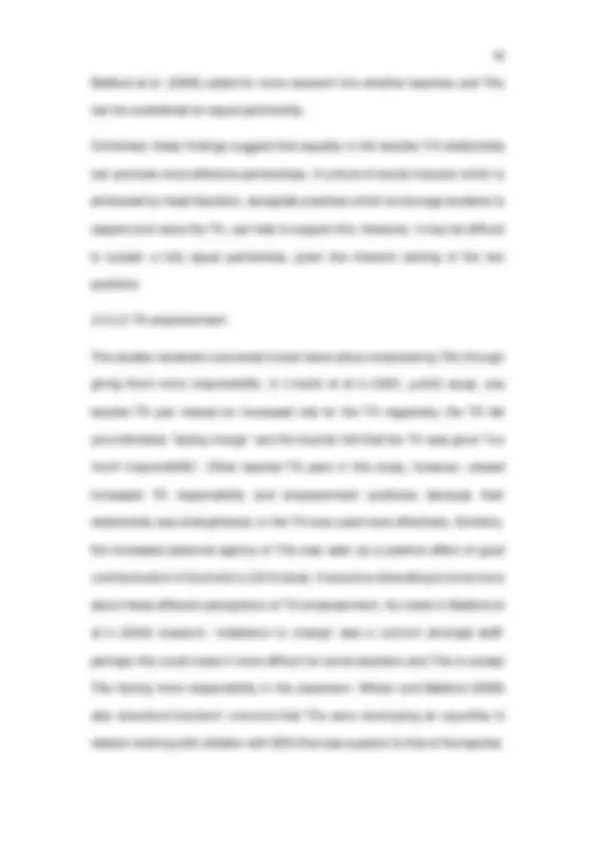
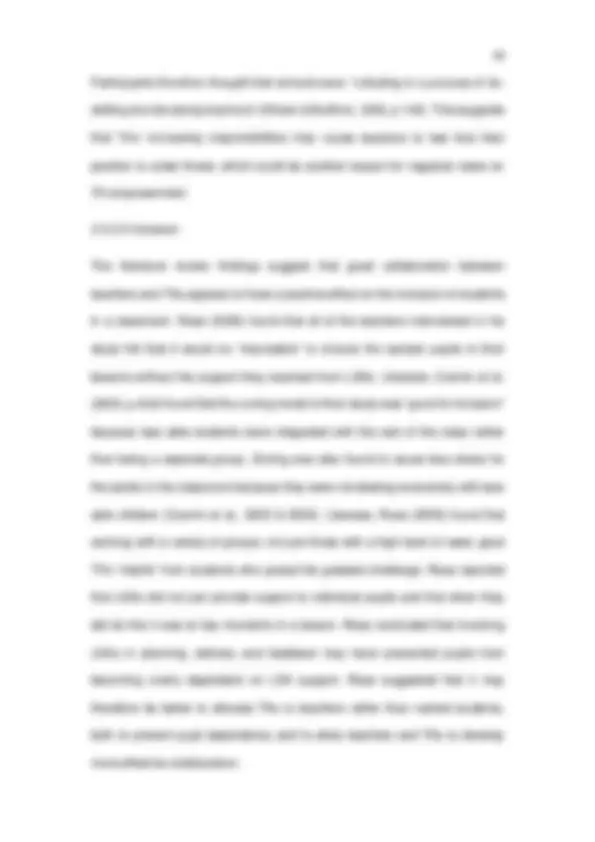
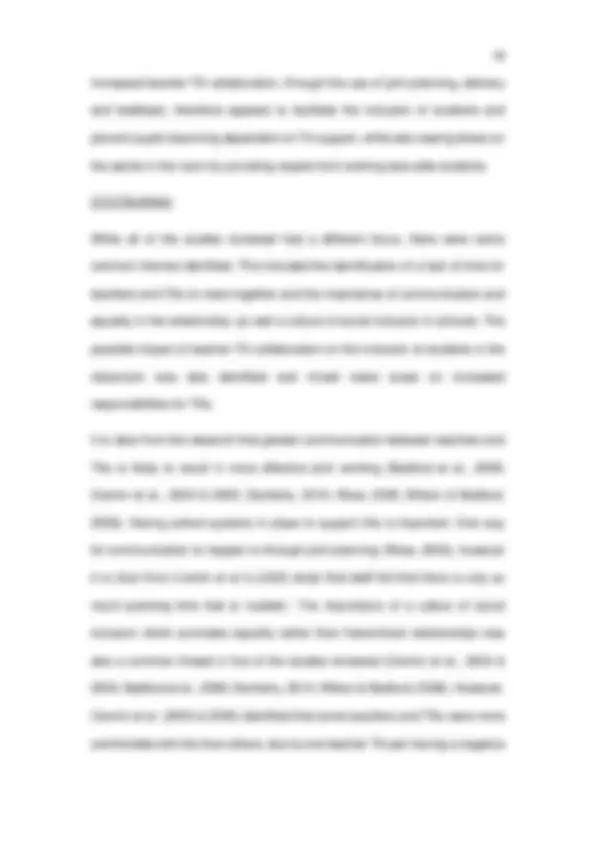
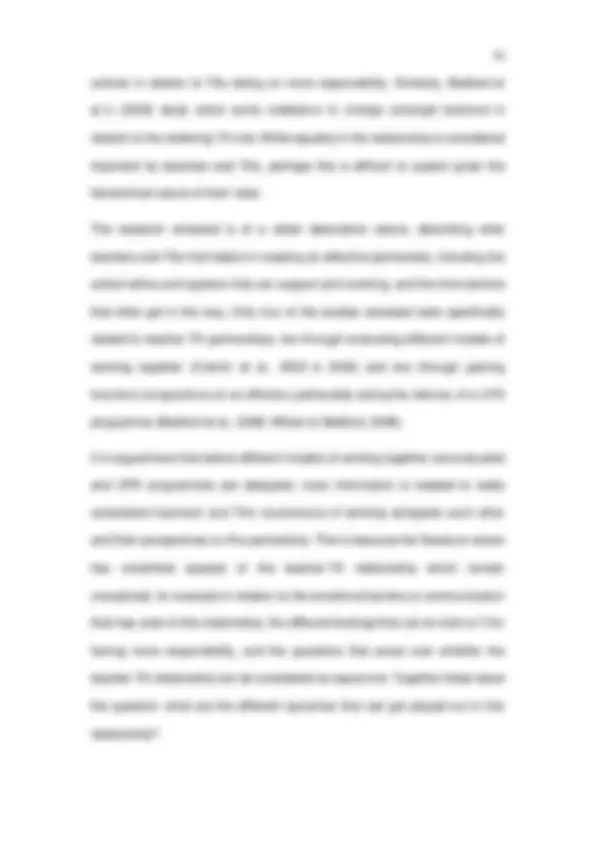
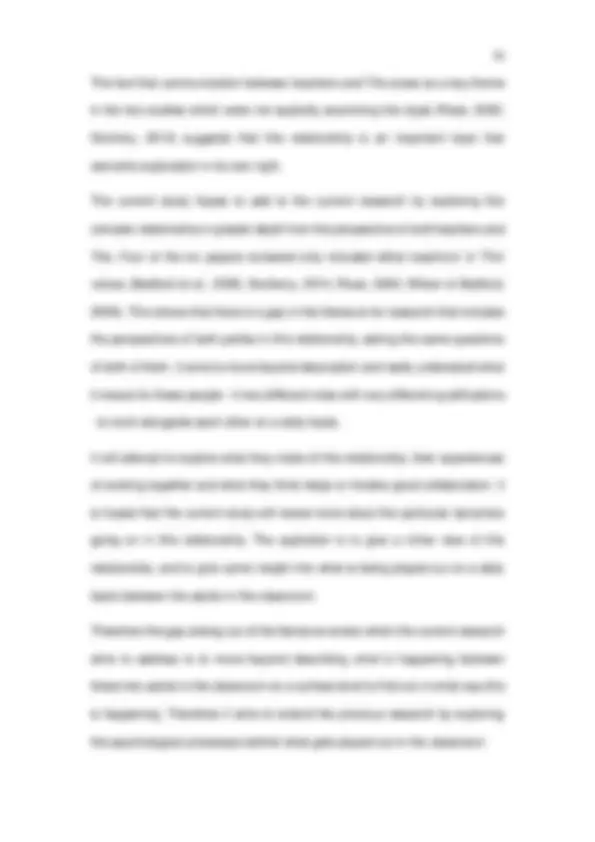
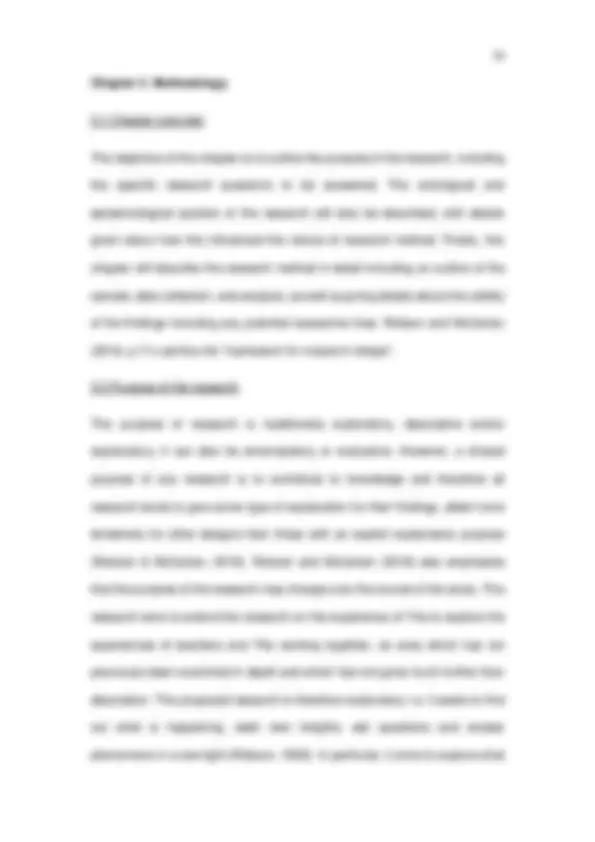
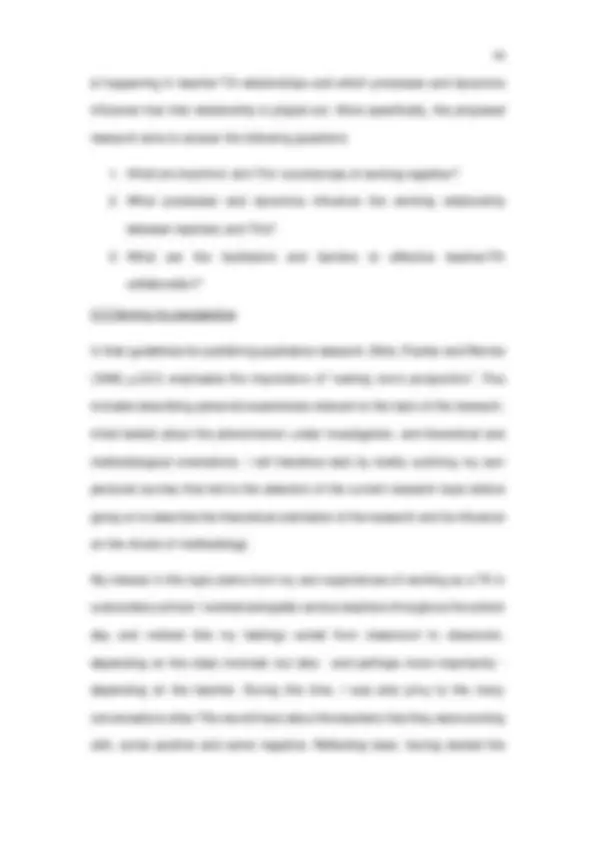
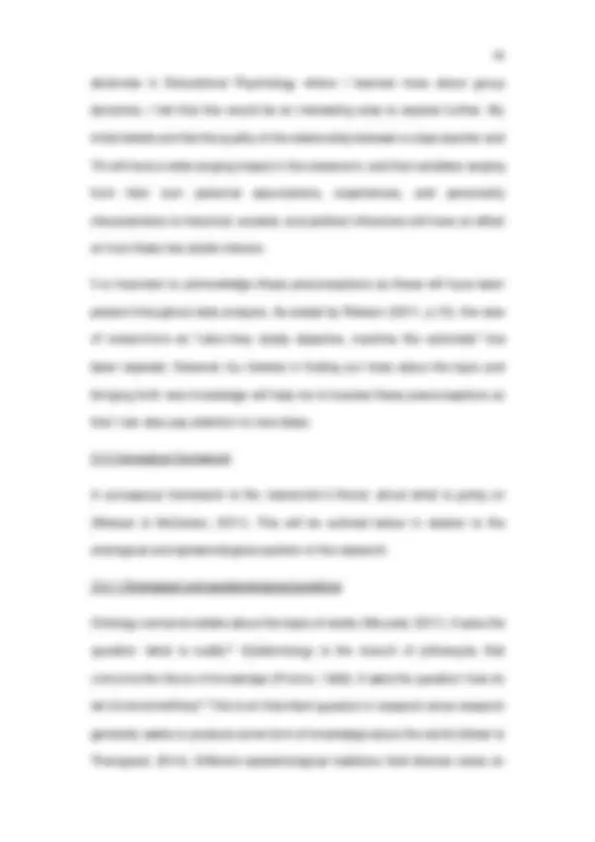
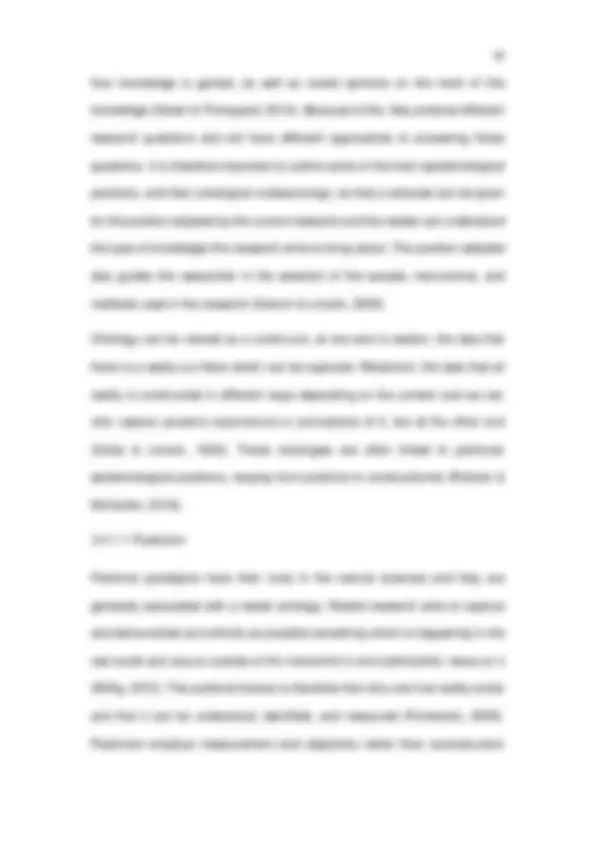
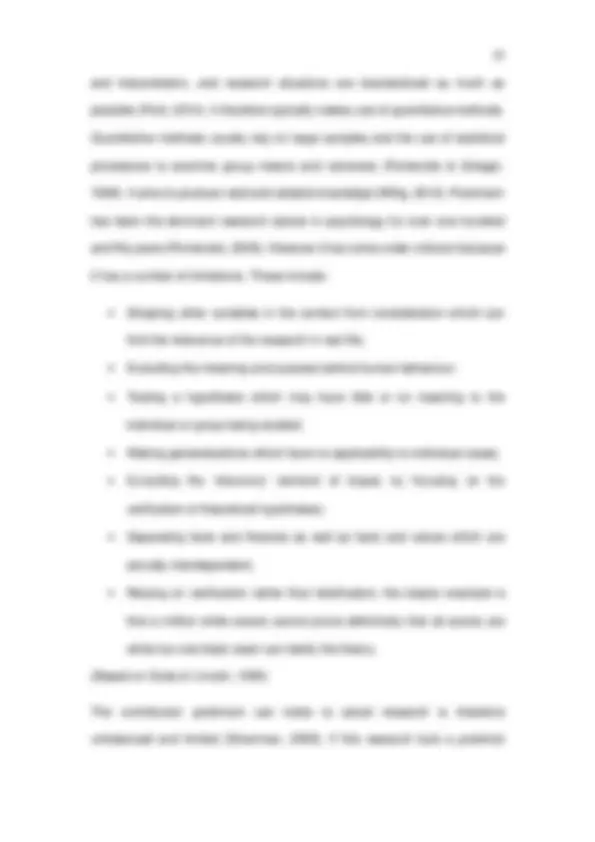
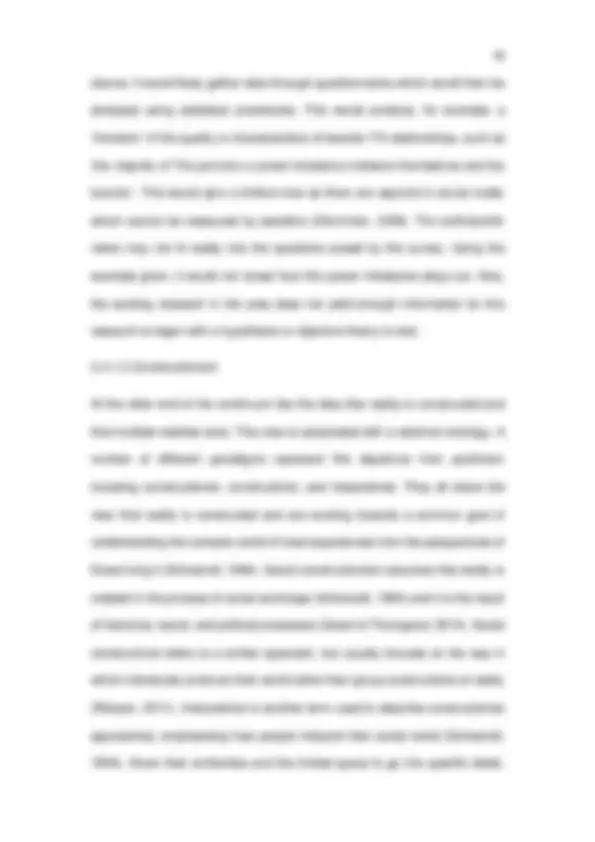
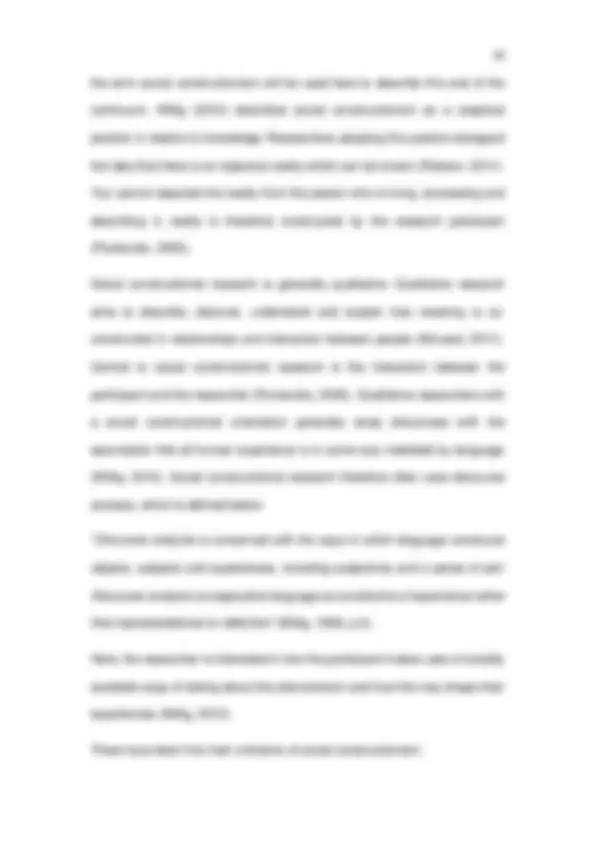
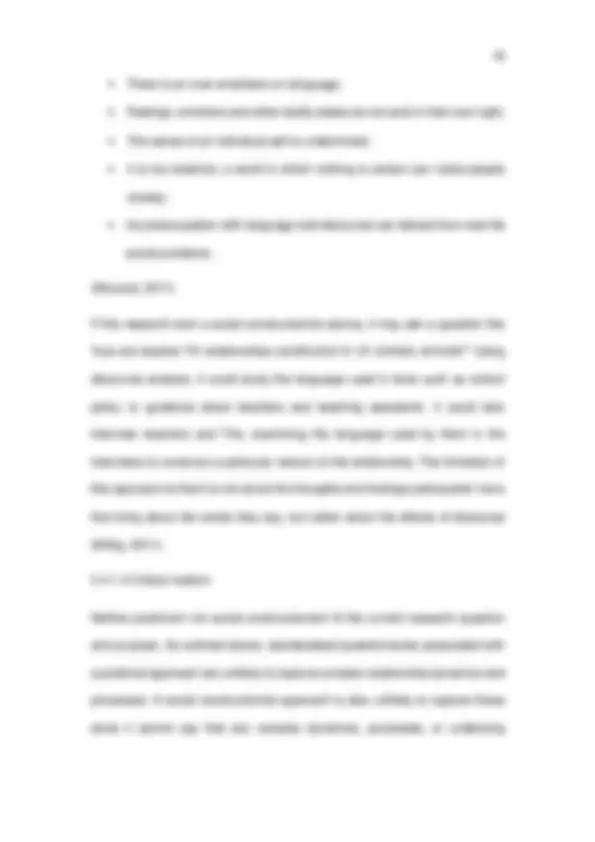
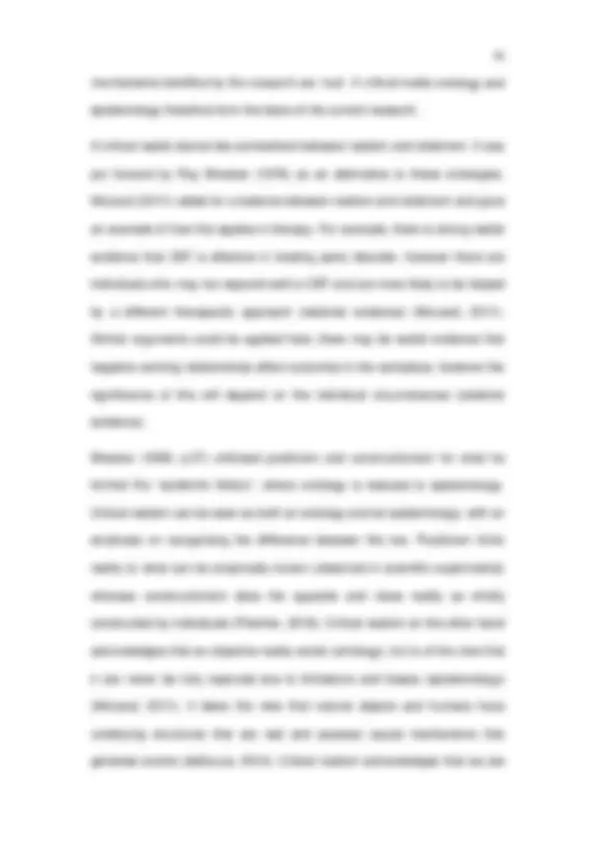

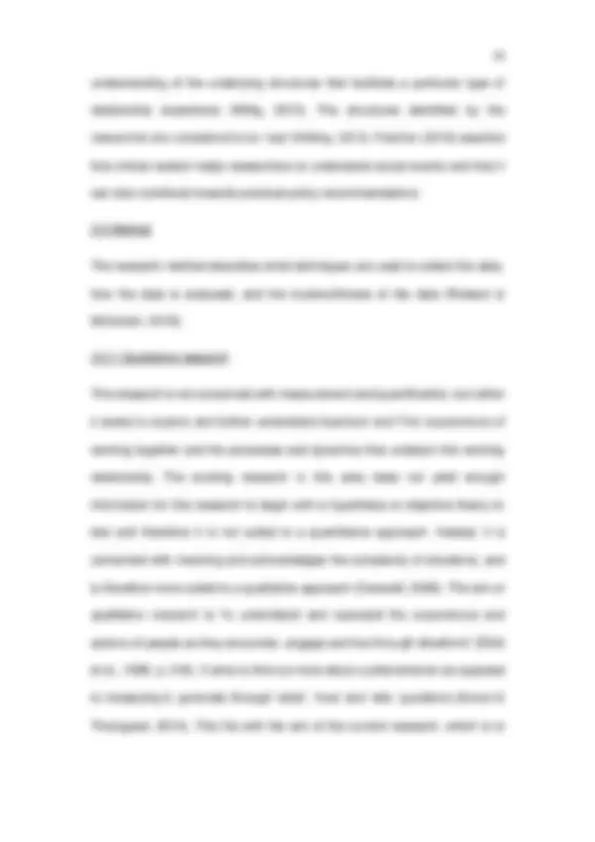
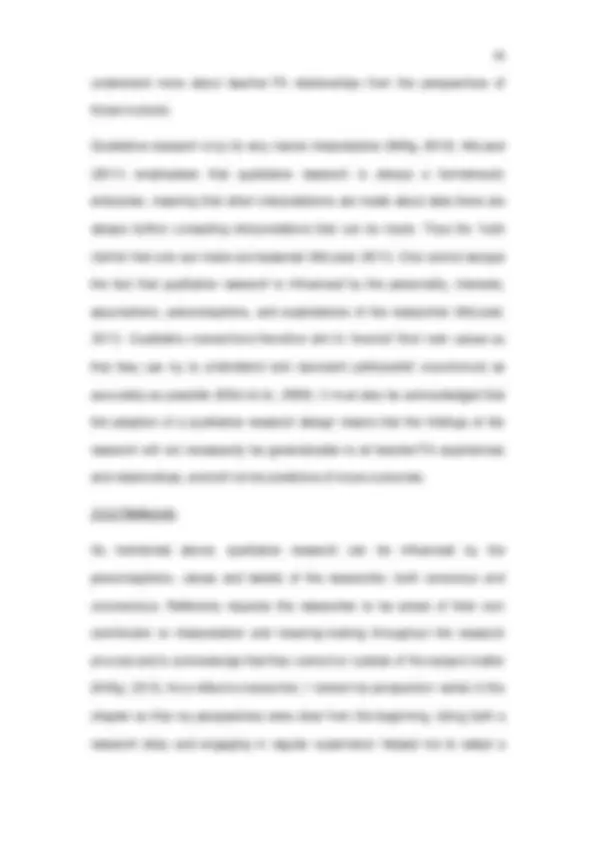
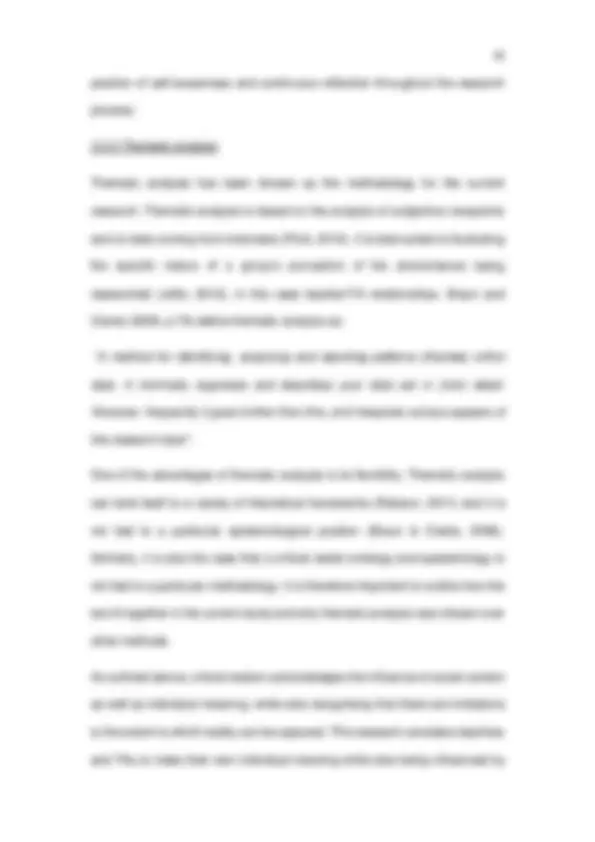
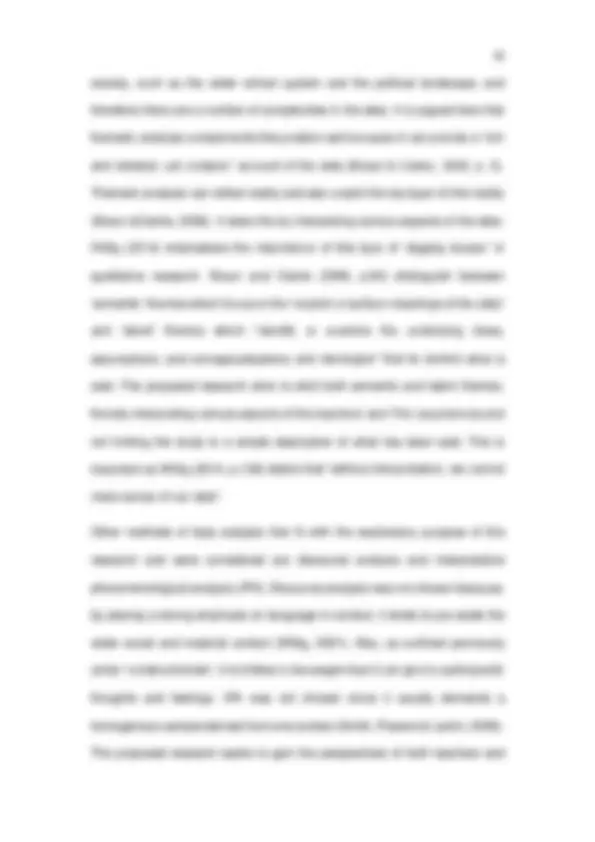
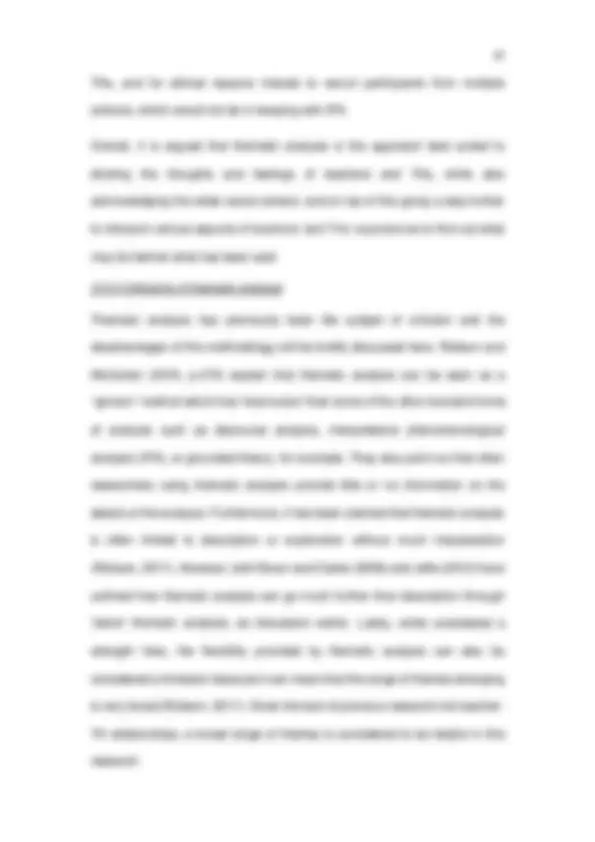
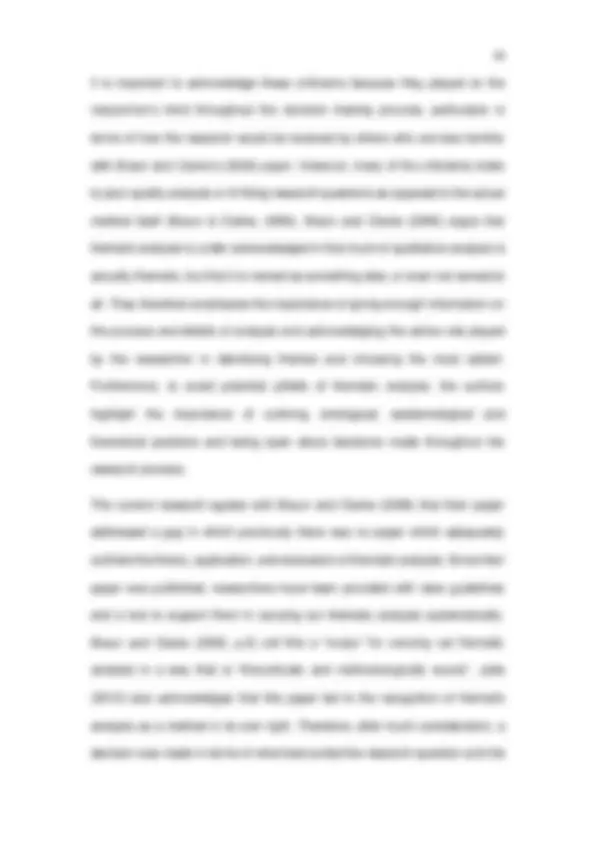
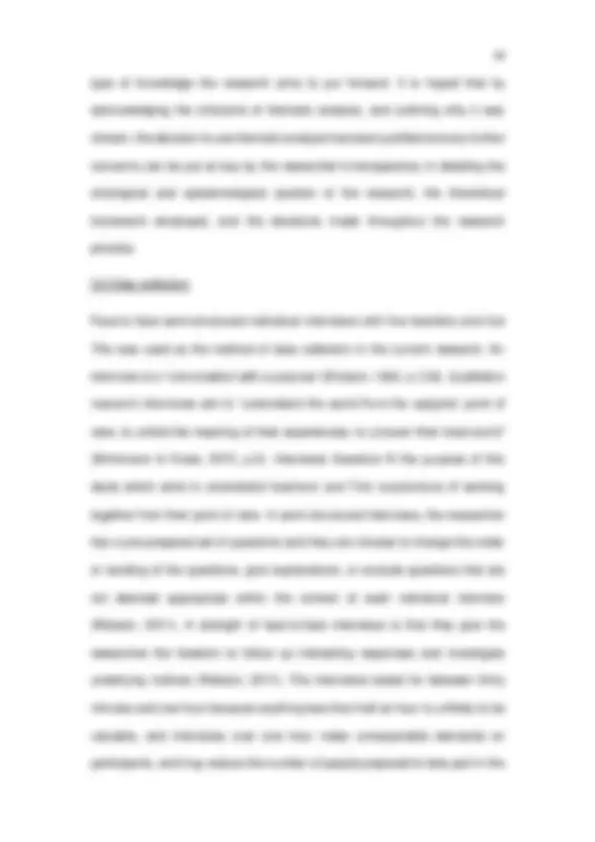
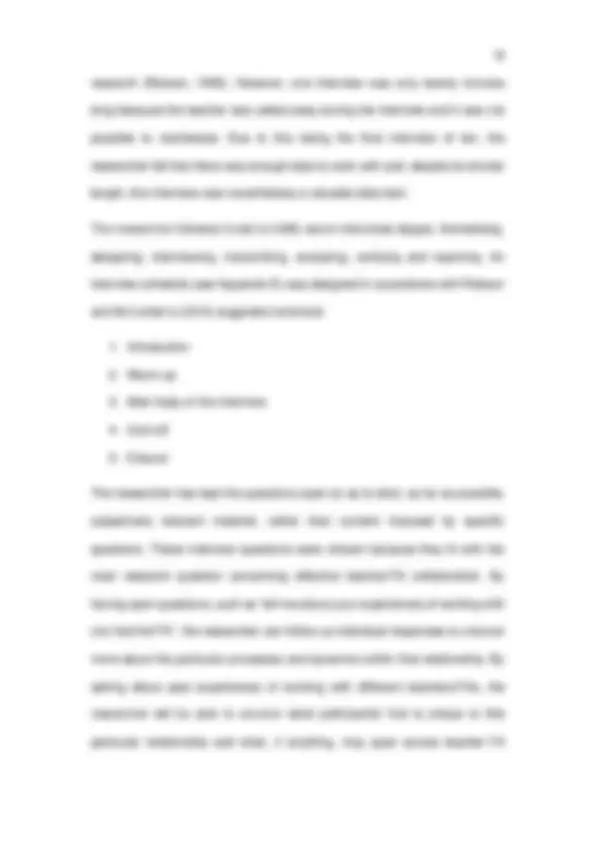
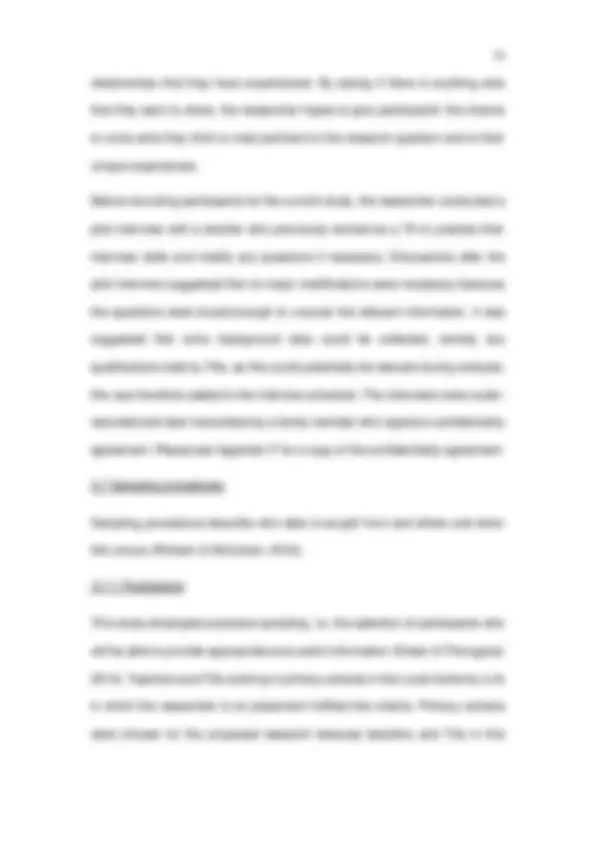
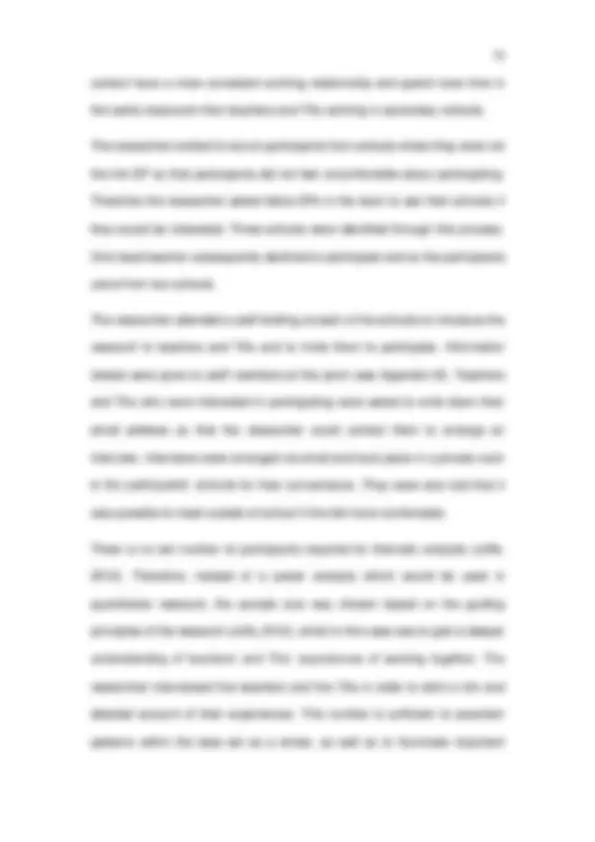

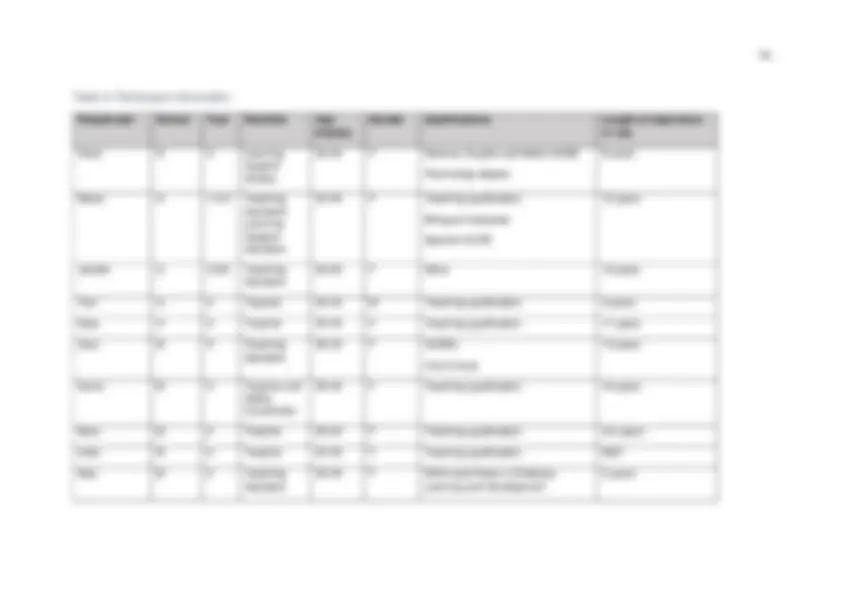
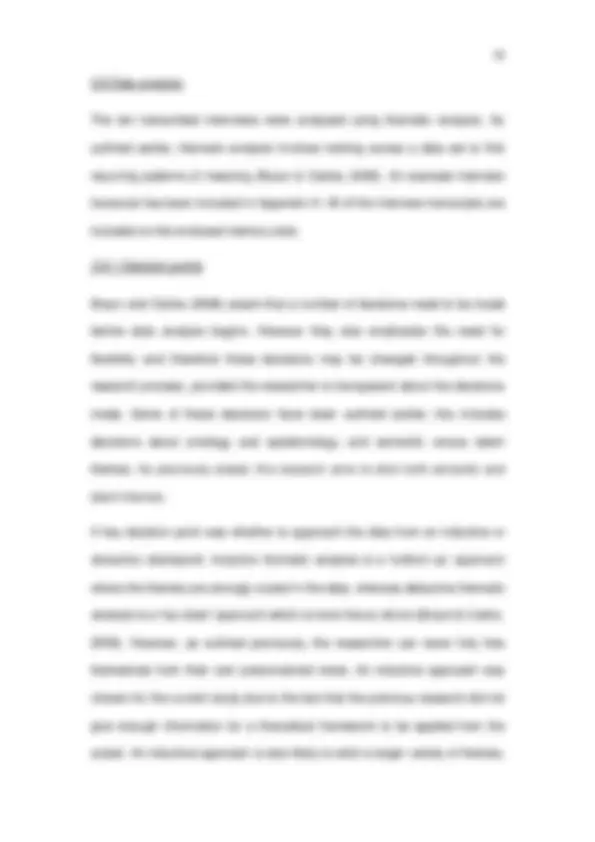
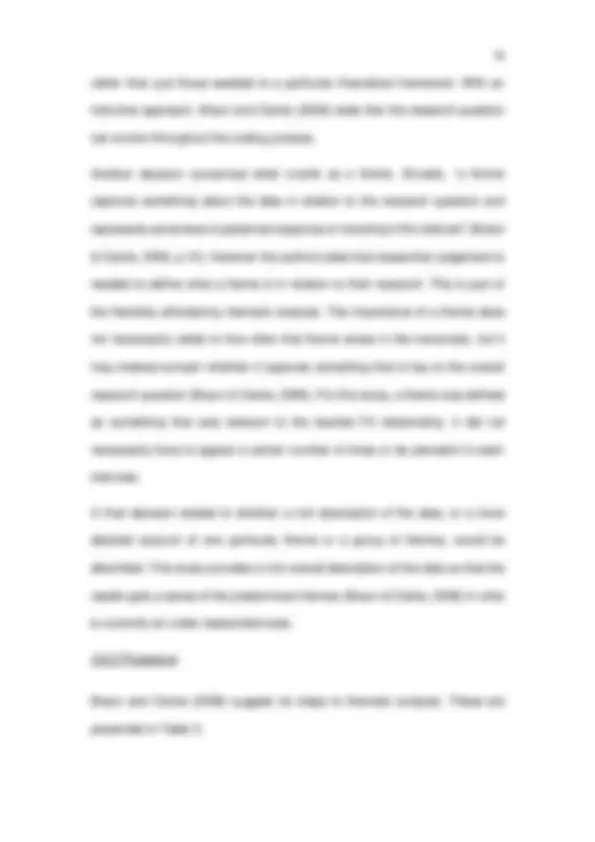
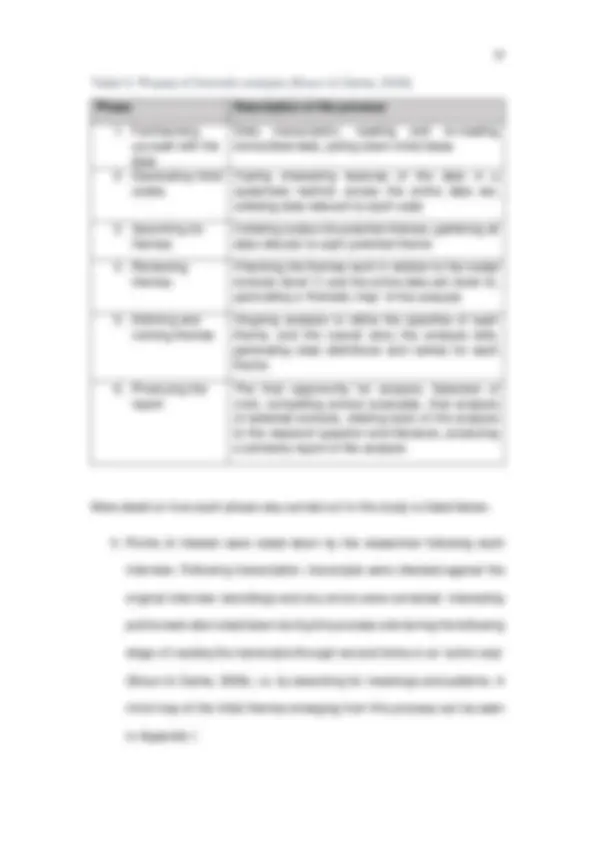
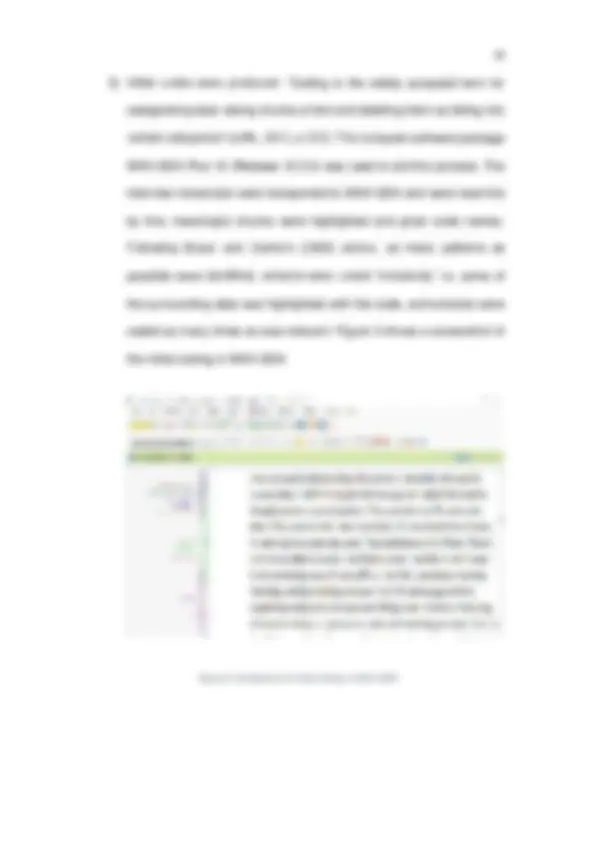
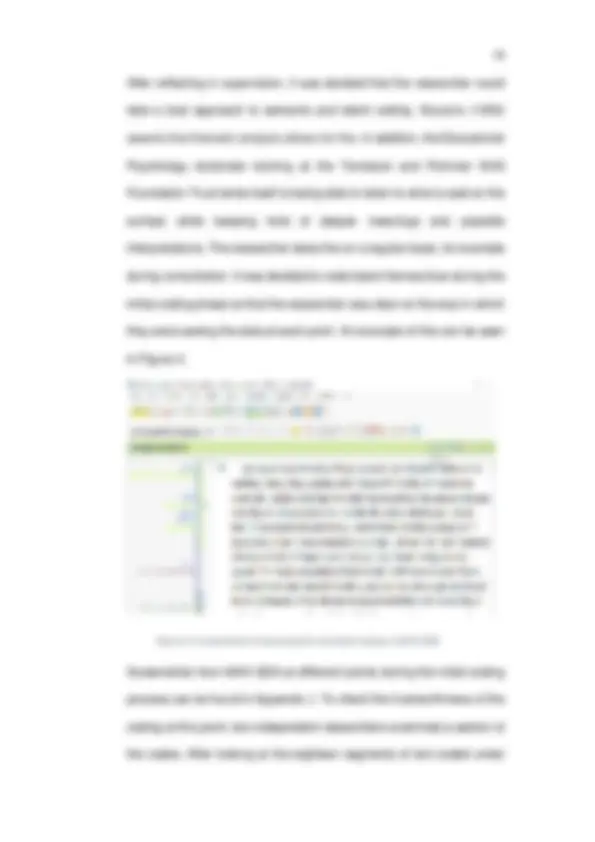
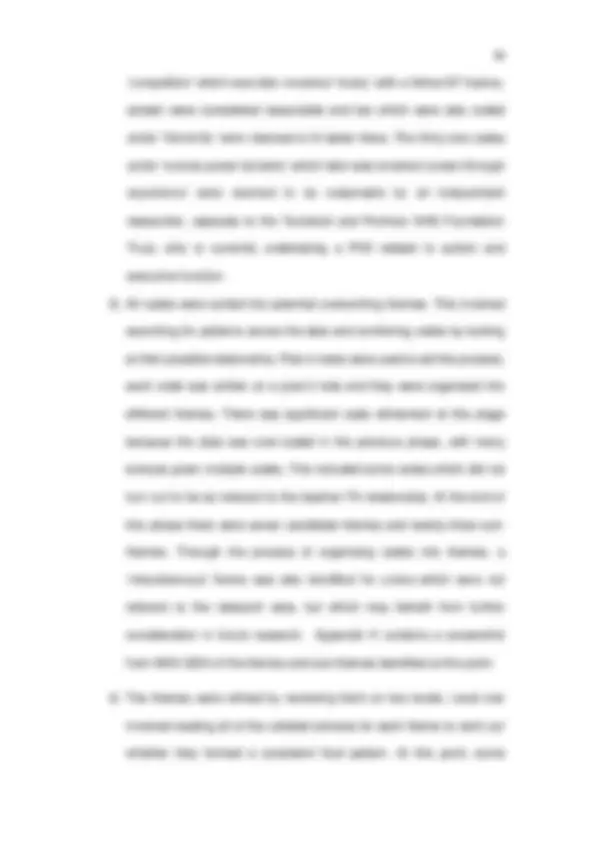
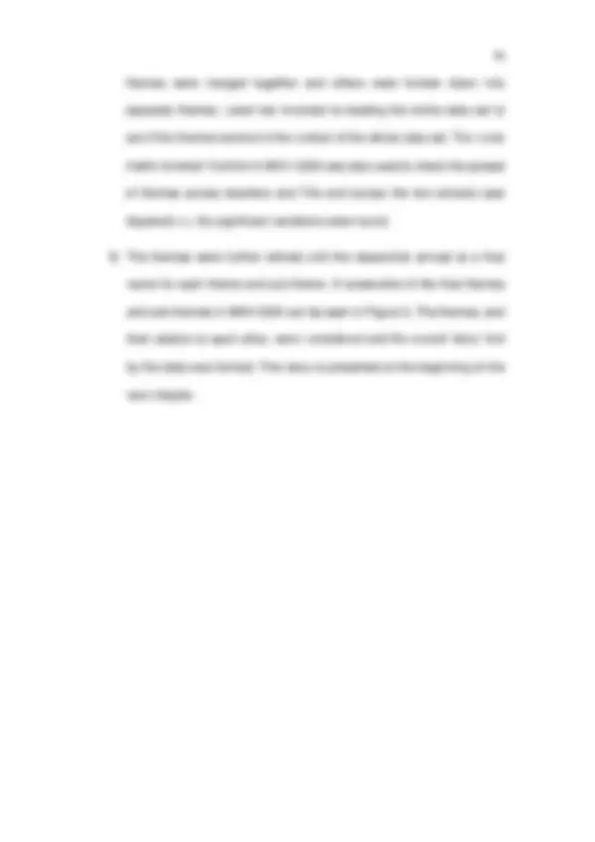

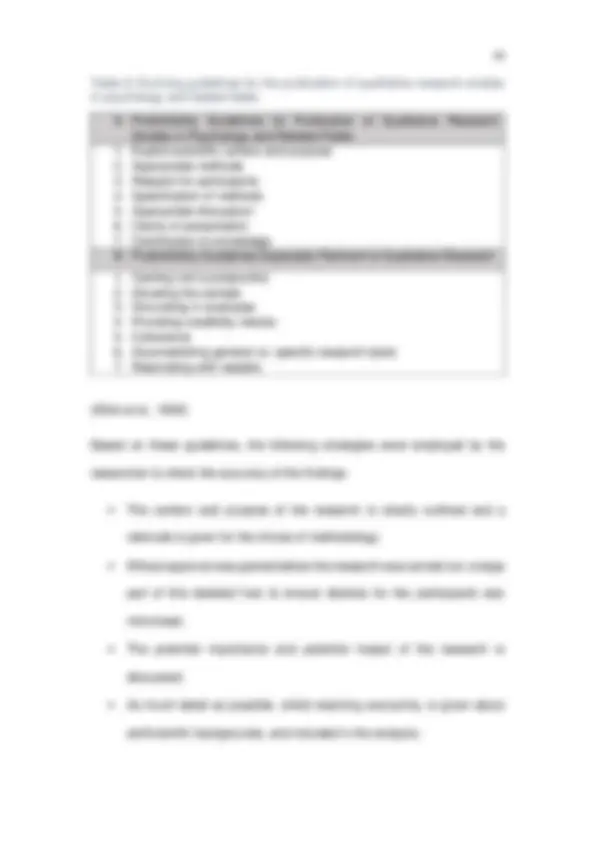
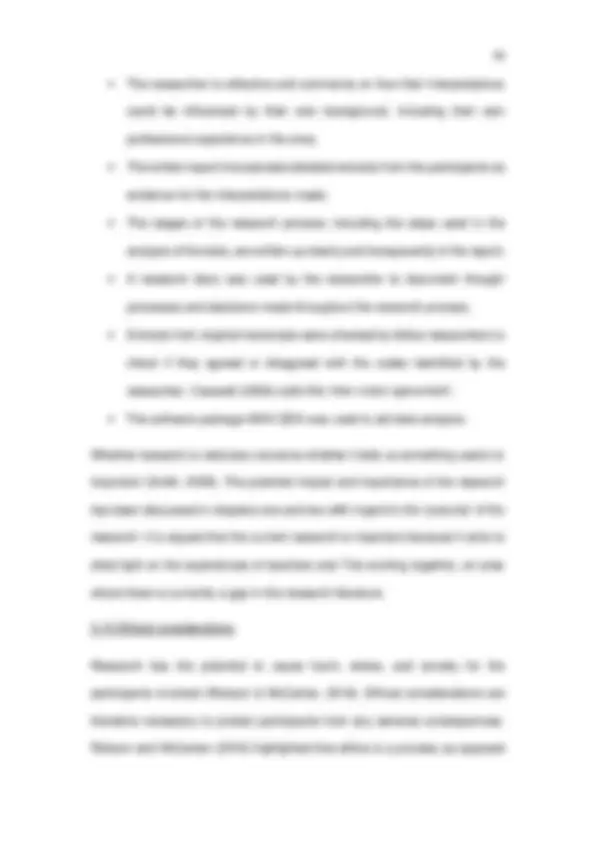
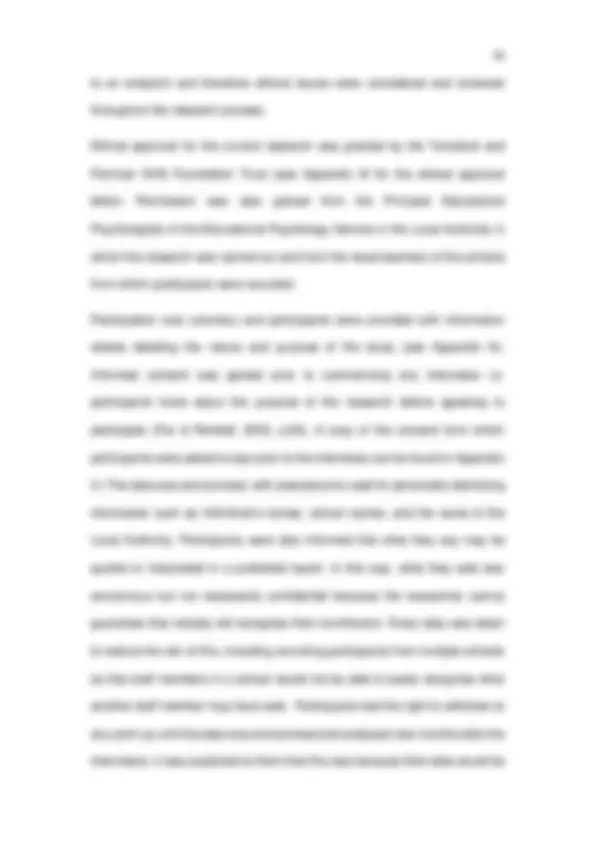
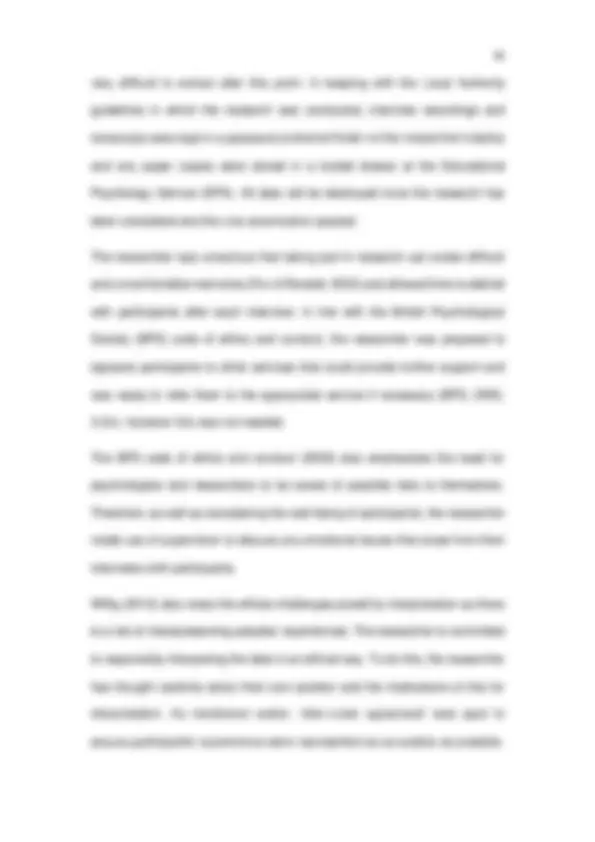

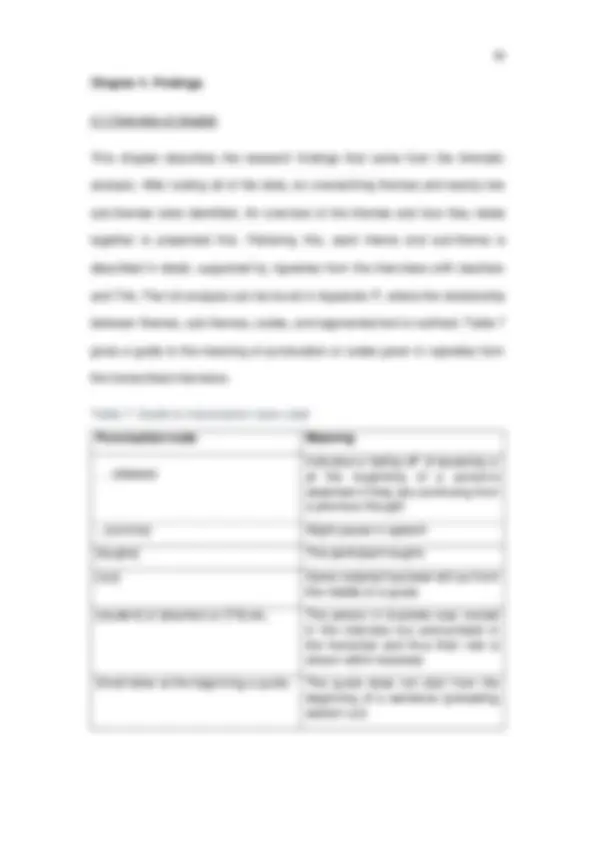

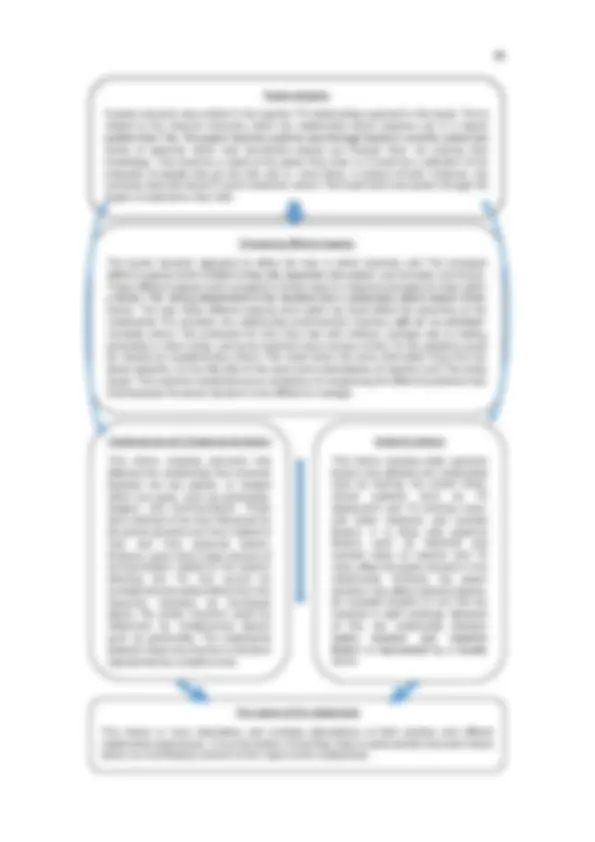
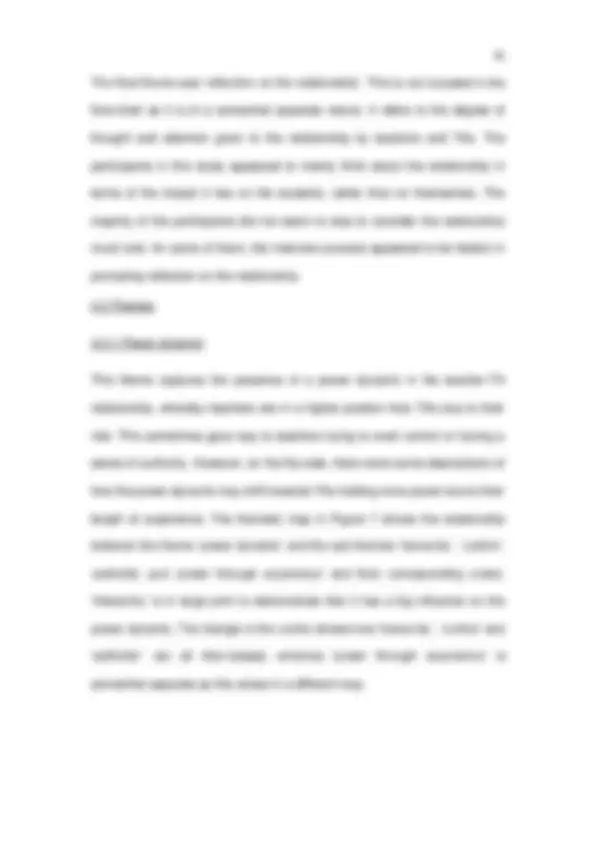
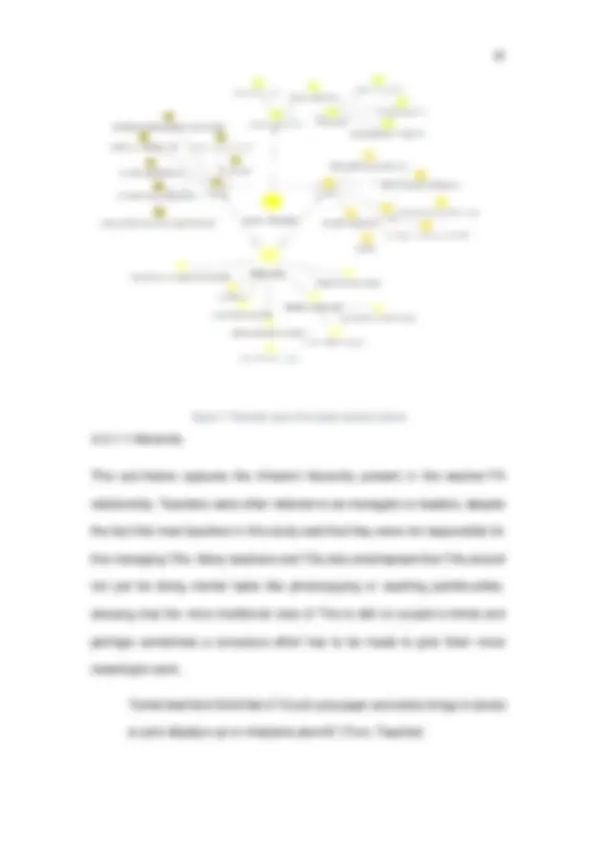

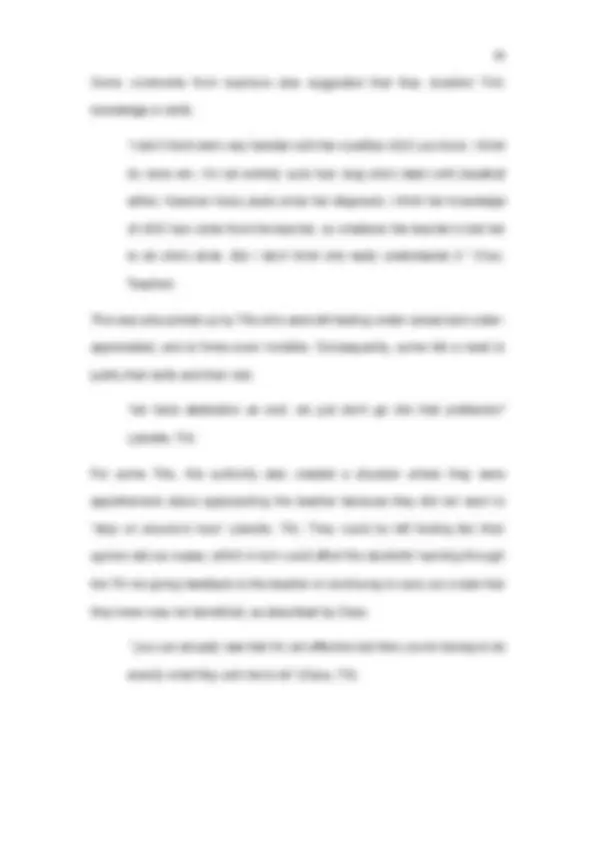
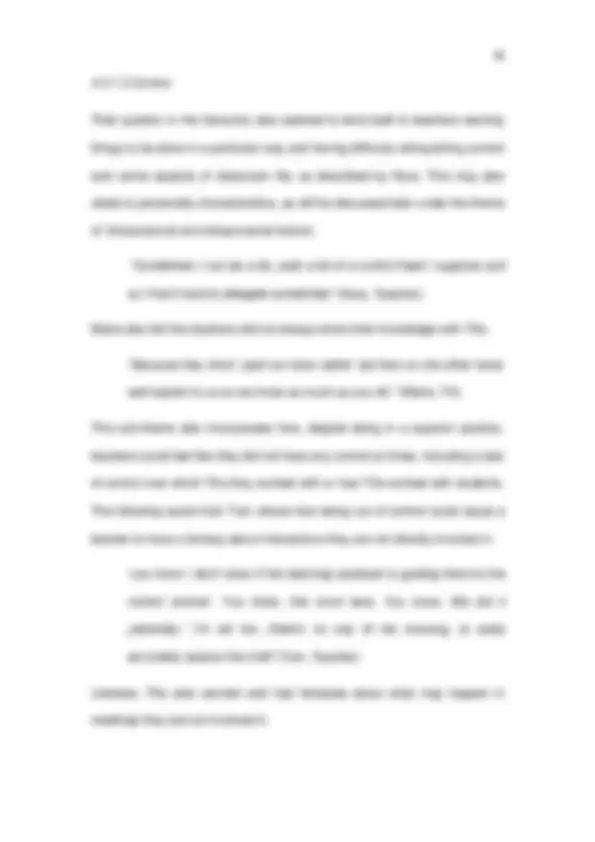
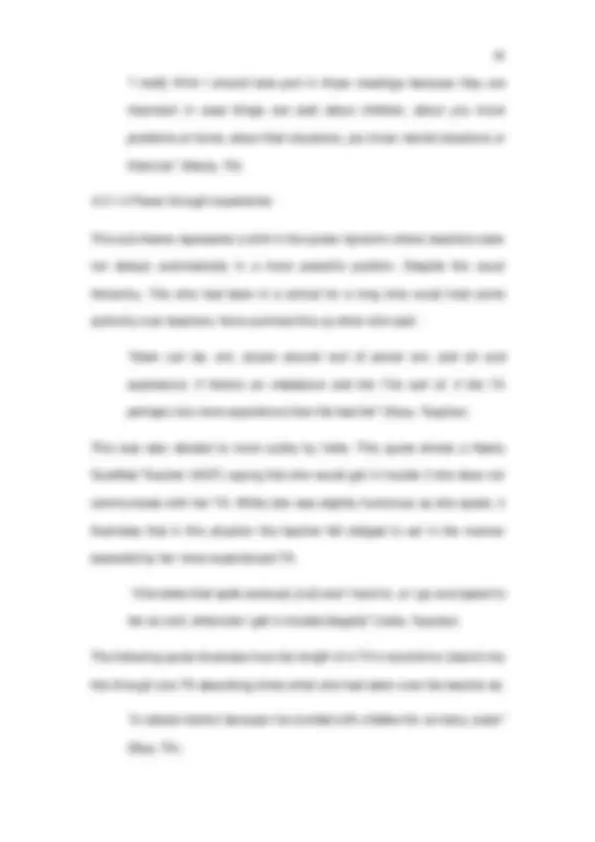
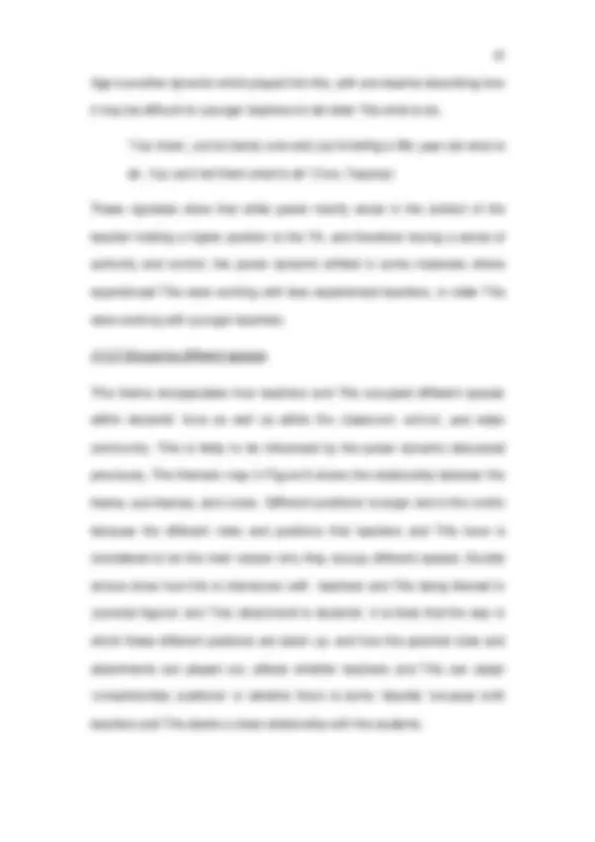
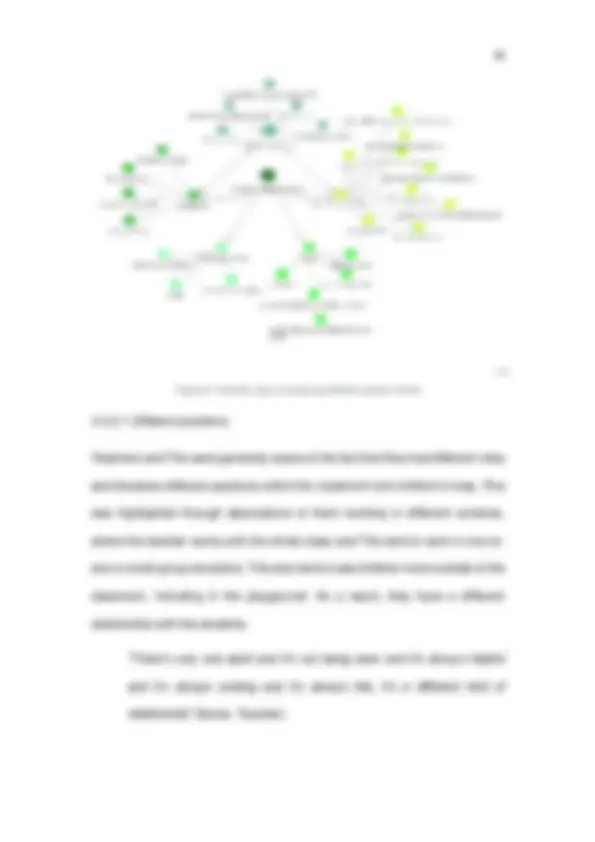
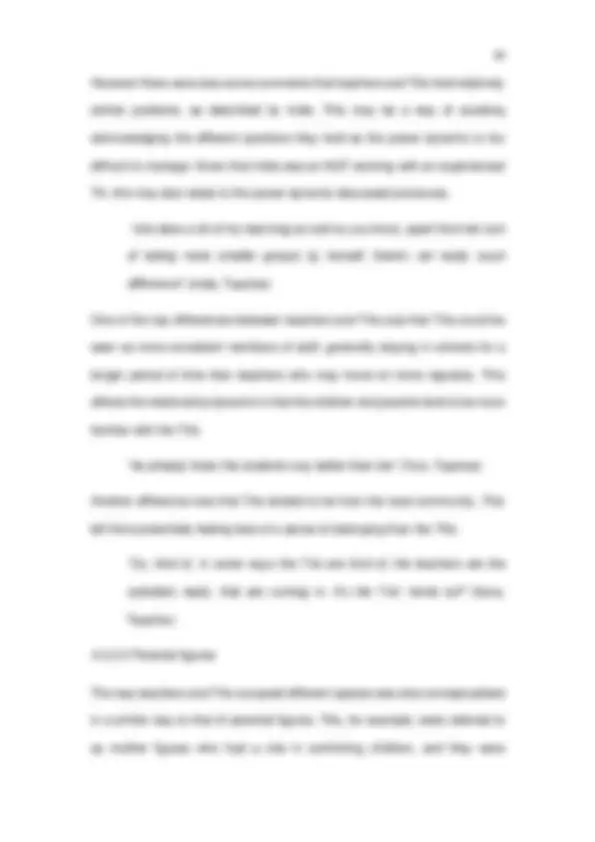



Study with the several resources on Docsity

Earn points by helping other students or get them with a premium plan


Prepare for your exams
Study with the several resources on Docsity

Earn points to download
Earn points by helping other students or get them with a premium plan
Community
Ask the community for help and clear up your study doubts
Discover the best universities in your country according to Docsity users
Free resources
Download our free guides on studying techniques, anxiety management strategies, and thesis advice from Docsity tutors
An exploration of a complex relationship: Teachers and Teaching Assistants working together in primary schools. There has been a huge increase in the number of ...
Typology: Study notes
1 / 476

This page cannot be seen from the preview
Don't miss anything!





























































































An exploration of a complex relationship: Teachers and Teaching Assistants working together in primary schools.
Lorna McDermott
A thesis submitted for the degree of Doctorate in Child, Community and Educational Psychology
Tavistock and Portman NHS Foundation Trust and University of Essex
May 2017
Abstract
There has been a huge increase in the number of Teaching Assistants (TAs) working in UK schools in recent decades, meaning that most teachers now share their classroom with at least one other adult. Despite this, there has been little systematic or structured research into such a key relationship in the education system. This thesis aims to address this by exploring teachers’ and TAs’ experiences of working together in primary schools.
This is an exploratory piece of research which was conducted from a critical realist perspective. To find out more about the dynamics at play in this working relationship, semi-structured individual interviews were carried out with five teachers and five TAs across two primary schools. The data was subsequently analysed using thematic analysis. This illuminated six themes: ‘power dynamic’; ‘occupying different spaces’; ‘interpersonal and intrapersonal factors’; ‘systemic factors’; ‘nature of the relationship’; and ‘reflection on the relationship’. Each theme is described in detail and presented visually in a thematic map. The relationship between the themes is also discussed. The theme of ‘power dynamic’ in particular was found to have an effect on the other themes. The results are discussed in relation to previous literature, as well as theoretical frameworks relating to power, psychodynamic theory, and attachment theory.
The strengths and limitations of this research are outlined alongside suggestions for future research. Potential implications for practice are then highlighted. For Educational Psychologists (EPs) this includes having both teachers and TAs present during consultations about students, facilitating
Acknowledgements
Firstly, I would like to thank all of the participants in this study for sharing their experiences with me. I would also like to thank my supervisor, Richard Lewis, for his continued help throughout this experience. Thank you also to Rachel for taking the time to do a pilot interview with me and to Lorcan and Rachel for taking the time to check my codes. Lastly, I could not have done this without the support of my family and Dave. I would like to especially thank my mother for transcribing my data and my sister, Caoimhe, for taking the time to proof read my thesis.
Chapter 1. Introduction
1.1 Terminology used
Teaching Assistants (TAs) come under various different job titles. This document, in line with the professional standards for Teaching Assistants (Unison, NAHT, NET & Maximising Teaching Assistants, 2016), refers to Teaching Assistants (TAs) throughout. This includes all staff based in the classroom for learning and support, for example TAs, Higher Level Teaching Assistants (HLTAs), Learning Support Assistants (LSAs), Special Needs Assistants (SNAs), minority ethnic pupils support staff, and bilingual assistants.
1.2. Chapter overview
This chapter aims to outline the background to the current research topic and situate it within the local and national context. It will discuss the role and deployment of TAs as well as highlighting key research and gaps in the existing literature, and will culminate in an outline of the rationale and purpose of the current research.
The purpose of this research is to study the relationship between teachers and TAs. This is necessary because, as will be outlined in this chapter, research in this area has so far focused on the TA role, TA deployment, and the impact of TAs on pupil progress, however there has been little consideration of the relationship TAs have with the teachers they work with. Many non-research based articles, or research studies on other aspects of the TA position, have hinted at possible dynamics that could affect the teacher-TA relationship, such as the increased pedagogical role for TAs that has come about in recent years,
1.4 Local context
The current study was conducted in two primary schools in central London. School A had sixteen full-time teachers and four part-time teachers (five male and fifteen female) and twenty-three TAs. School B had eight full-time teachers and two part-time teachers (one male and nine female) and sixteen TAs.
1.5 Background to the current context of TAs working in schools
As outlined above, the number of TAs working in the England has increased dramatically over the last twenty years, meaning that many teachers now share their classrooms with TAs. Blatchford, Russell and Webster (2012) argue that there are two main reasons for this: 1) concerns over teacher workload and retention leading to the National Agreement which aimed to raise standards and tackle teacher workload, central to which was an increase in support staff; and 2) the increased role for TAs in supporting the inclusion of students with Special Educational Needs (SEN) in mainstream classrooms.
Hancock and Eyres (2004) noted the increased government involvement in educational policy making across international educational literature along with an increased ‘performance culture’ (a focus on schools’ performance in terms of students’ results) in primary schools. In the UK this included the introduction of the National Curriculum in 1988, the introduction of Standardised Assessment Tests (SATs) in 1991 and their use in published league tables of school performance in 1992. It also included the formation of the Office for Standards in Education (OFSTED) in 1992 which brought about a new regime of inspections, and the introduction of the national literacy strategy (NLS) (1998) and national numeracy strategy (NNS) (1999). Using evidence from
evaluations by the Ontario Institute in Canada and OFSTED, Hancock and Eyres (2004) found that TAs were substantially involved in the NLS and NNS and that they had a central role in working with twenty five percent of children who found it difficult to meet government and school expectations.
1.5.1 Concerns over teacher workload
The tenth annual report of the School Teachers’ Review Body in 2001 reported a major concern with workload pressures in schools and their adverse impact on morale and recruitment. This prompted an independent review by PricewaterhouseCooper (PwC) in 2001 to identify the main factors that contribute to teachers’ and head-teachers’ workload. The review concluded that rising demands meant that teachers were spending two thirds of their time on non-teaching activities. It recommended an extension of the support staff role to eliminate excessive workload, promote effective use of resources and raise pupil standards. The National Agreement (DfE, 2003) followed, aiming to raise standards and tackle teacher workload in England and Wales. This set out a reform of support staff roles including the introduction of cover supervisors and Higher Level Teaching Assistants (HLTAs) and estimated an increase of fifty thousand support staff in schools.
1.5.2 Effectiveness of TAs
The high number of TAs working with children with SEN led researchers to turn their attention to an examination of their impact, with Peter Blatchford leading the way and dominating research in the area. The Deployment and Impact of Support Staff (DISS) project (Blatchford, Bassett, Brown, Martin, Russell and Webster, 2009a and 2009b) is one of the most comprehensive studies on the
spending less time with the class teacher. Cremin, Thomas and Vincent (2005, p.415) suggest that this can perhaps be explained by the “complex set of interpersonal and professional uncertainties” which can occur when other adults work alongside the class teacher. Therefore to unpick these findings further, it is necessary to take a closer look at the relationship between teachers and TAs.
1.5.3 TA Role and deployment
There is much ambiguity and variation across schools when it comes to the role and deployment of TAs (Butt & Lance, 2009; Blatchford, Bassett, Brown, Koutsobou, Marting & Russell, 2009a). The perennial question appears to be whether the TA is there to support an individual pupil or group, the whole class, or the teacher. This is partly because governments have repeatedly failed to explicitly set out in policy the role and purpose of TAs relevant to teachers (Radford, Bosanquet, Webster & Blatchford, 2015). They did on the other hand set out twenty four administrative and clerical duties in the National Agreement that should be delegated to support staff to free up teachers to focus on teaching and learning (DfES, 2003). TAs were therefore seen as a means to improving teachers’ working conditions rather than as a group that required attention in its own right (Bach, Kessler & Heron, 2006). The National Agreement also introduced a new higher level teaching assistant (HLTA) who it said “will be able to cover classes, and should be able to ensure that pupils can progress with their learning, based on their knowledge of the learning outcomes planned by the classroom/subject teacher” (DfES, 2003, p.7). HLTAs have their own set of professional standards (Training and Development Agency [TDA], 2006).
Balshaw (2010, p.377) divides the role of TAs into four categories; support for teachers, the curriculum, the whole school, and for particular pupils. Kerry (2005) developed a typology of TA roles, identifying eleven different roles ranging from “dogsbody”, representing the classic “washer of paint pots”, to “mobile paraprofessional”. Kerry suggests that the “factotum”, a versatile role carrying out a range of tasks assigned by the teacher, but with a routine requirement to go beyond those roles e.g. by supporting individual pupils, or class visits, supervising the class when the teacher leaves the room or marking work using an answer-book, is probably a typical TA role (Kerry, 2005, p.377).
It is the “mobile paraprofessional”, typified by the HLTA, and the role of “teacher support and partial substitute” that blur the lines between supporting the teacher and the act of teaching itself (Kerry, 2005, p.376). Similarly, Butt and Lance (2009, p.227) noted a blurring of the boundaries between teachers and TAs, with the latter morphing from helper to “associate teacher”. This “upward role stretch” was also identified by Warhurst, Nickson, Commander and Gilbert (2014, p.171). In fact, children can also have great difficulty explaining how teacher and TA roles differ (Eyres, Cable, Hancock & Turner, 2010). Eyres et al. (2010) found that while children could easily differentiate between their class teacher and TAs, they had difficulty explaining how the activities carried out by these two adults differed in practice. This shift reflects the wider pedagogical role being taken up by TAs.
While the evidence base is still developing around TAs, there is a growing picture from the research about how best to deploy, train and support them to improve pupil learning and outcomes (Sharples, Webster & Blatchford, 2015). The professional standards for teaching assistants (Unison et al., 2016) are
“effective teamwork cannot be subsumed into a relationship between leaders and led, managers and managed, when the process is as complex as teaching and learning in mainstream classrooms”.
1.6 Impact on teacher-TA relationships
The increase in TA numbers mean that it is common for most teachers to share their classroom with at least one TA. It is likely that the increase in TA numbers and the changes to their role and deployment, as discussed, has had an impact on the working relationship between teachers and TAs. This has been alluded to in a number of papers.
As noted in the preceding sections, there began to be a certain degree of overlap between the roles of teacher and TA during the last two decades. Bedford, Jackson and Wilson (2008) noted how the standards for HLTA’s (TDA,
With teachers feeling that their roles may be under threat, it is no surprise that there may have been some tension in the teacher-TA relationship. Teachers may have felt threatened by the fact that TAs are easier to recruit and could be used as “make-shift teachers” (Kerry, 2005, p.374). As one nursery nurse stated, “I feel classroom assistants are degrading our roles” (Hancock et al., 2002, p. 13). Similarly, a teacher revealed in a Guardian ‘Secret Teacher’ column that “the majority of the time, TAs add nothing to my lessons” (Secret Teacher, 2015).
TAs on the other hand may at times resent the fact that they give up their unpaid time for staff meetings, lesson planning and training sessions (Hancock, Swann, Marr, Turner and Cable, 2002). They are also liable to be taken for granted (Hancock et al., 2002). Coupled with the deficit model of support staff in the National Agreement (Howes, 2003), this could leave TAs feeling undervalued and structurally marginalised (Hancok et al., 2002).
Teachers can take up different roles in relation to their TAs, including that of “gracious host” where they may feel relief at having a TA in their class (Giangreco, 2003, p.50). Dreyer (2014, p.187) calls this the “shifting the responsibility phenomenon” where teachers may not feel confident to support students with SEN and see this as the TA’s responsibility. Teachers may also feel a sense of guilt for not being able pay more individual attention to the children (Devecchi & Rouse, 2010). Alternatively teachers may take up a management role (Tatum, 2013) and TAs can be placed in a subordinate position based on an identity of deficit (Trent, 2015). Teacher-TA relationships can be “full of tensions, misunderstandings and even antagonism” (McKenzie, 2011, p.70). TAs can be frustrated when feedback they give to teachers is not used or acted upon (Webster, Blatchford, Basset, Brown, Martin & Russel, 2010). They can be ignored, treated like children and made to feel “utterly redundant, infantilised and worthless” (Dix, 2012, p.8). The pay differential between teachers and TAs can also aggravate relationships (Dixon, 2003).
Tatum (2013) asserts that teachers should not play gracious host or manager but instead there needs to be a “collegial” relationship where teachers and TAs work together collaboratively. This does not necessarily mean friendly relationships, but rather bringing together complementary knowledge and skills